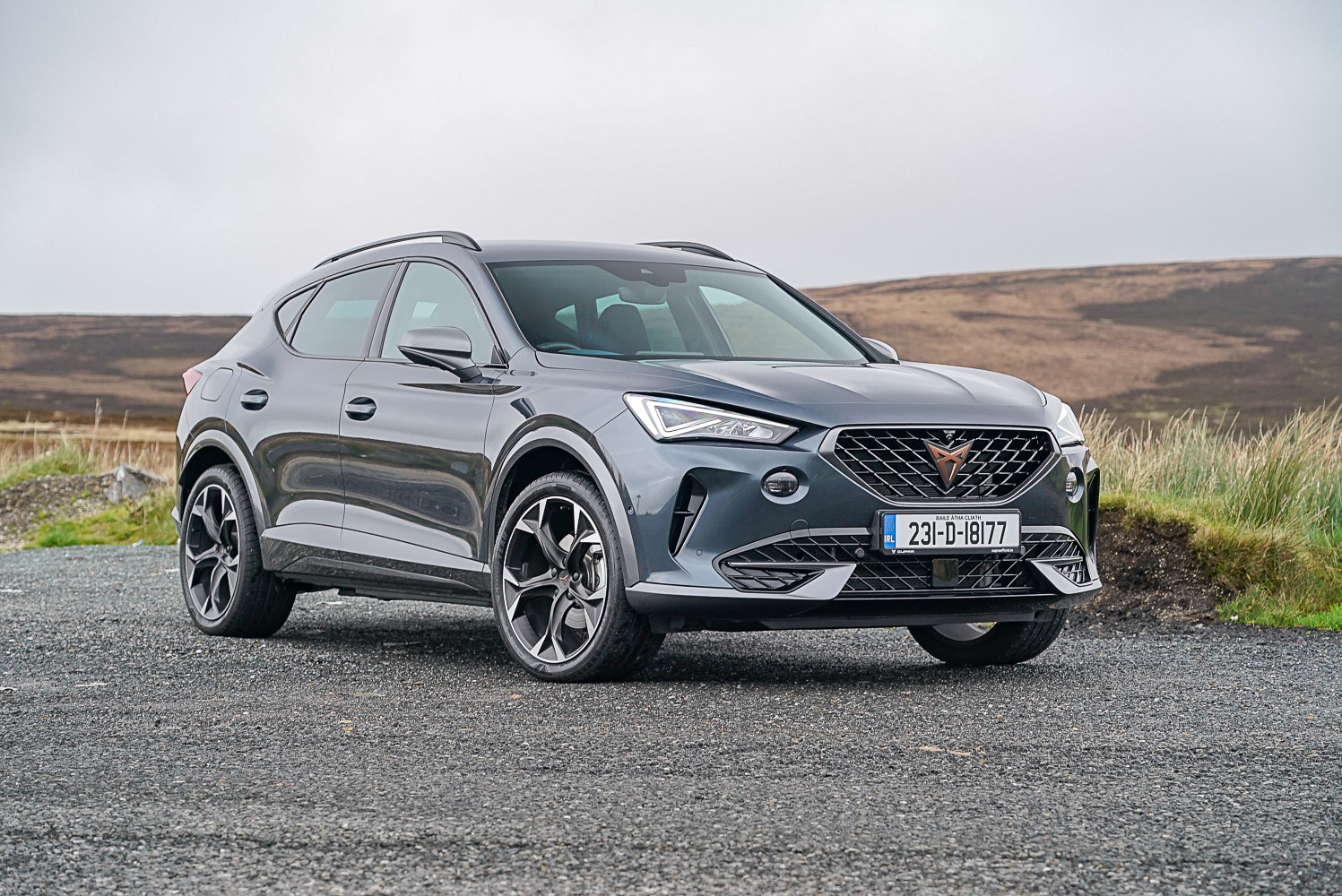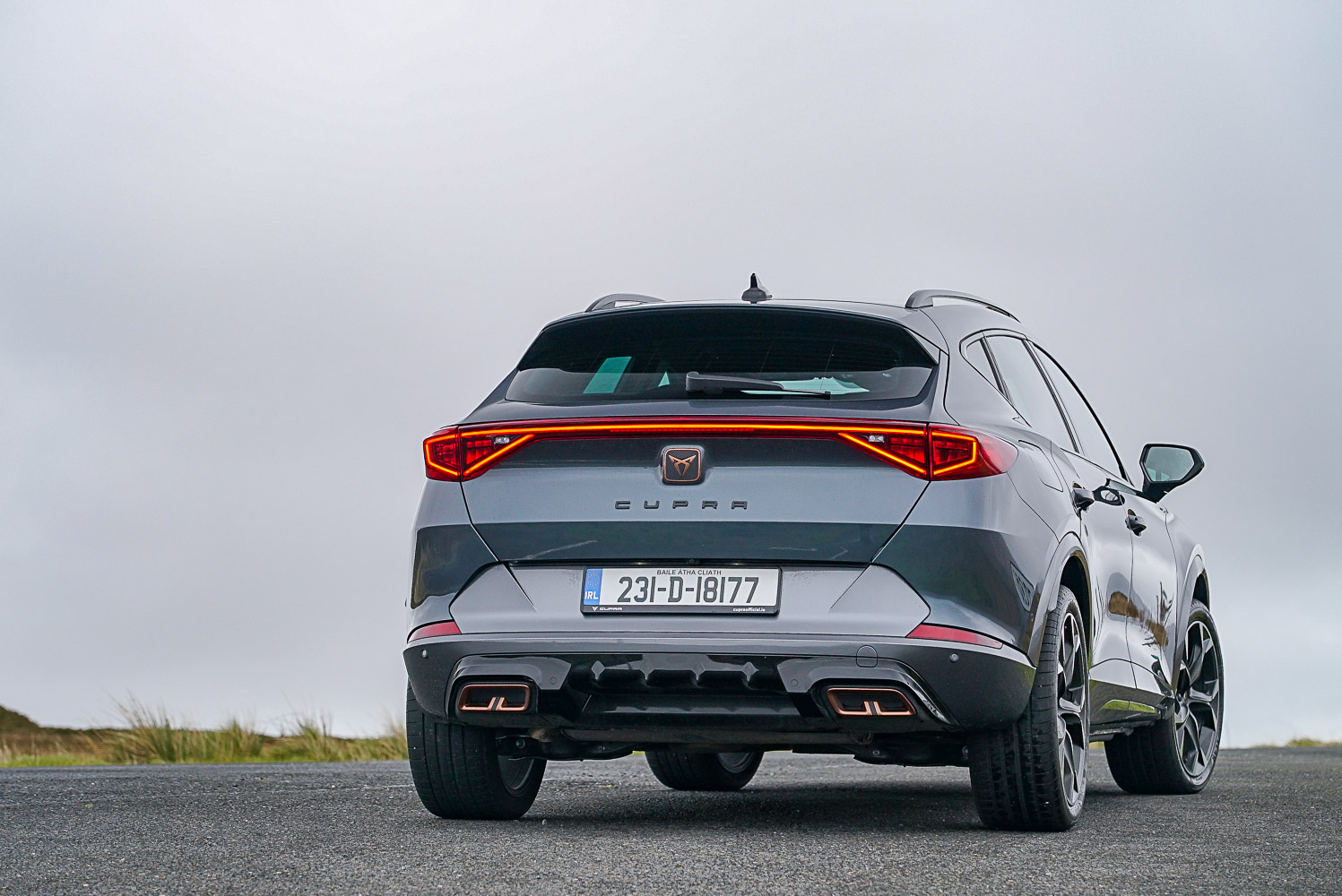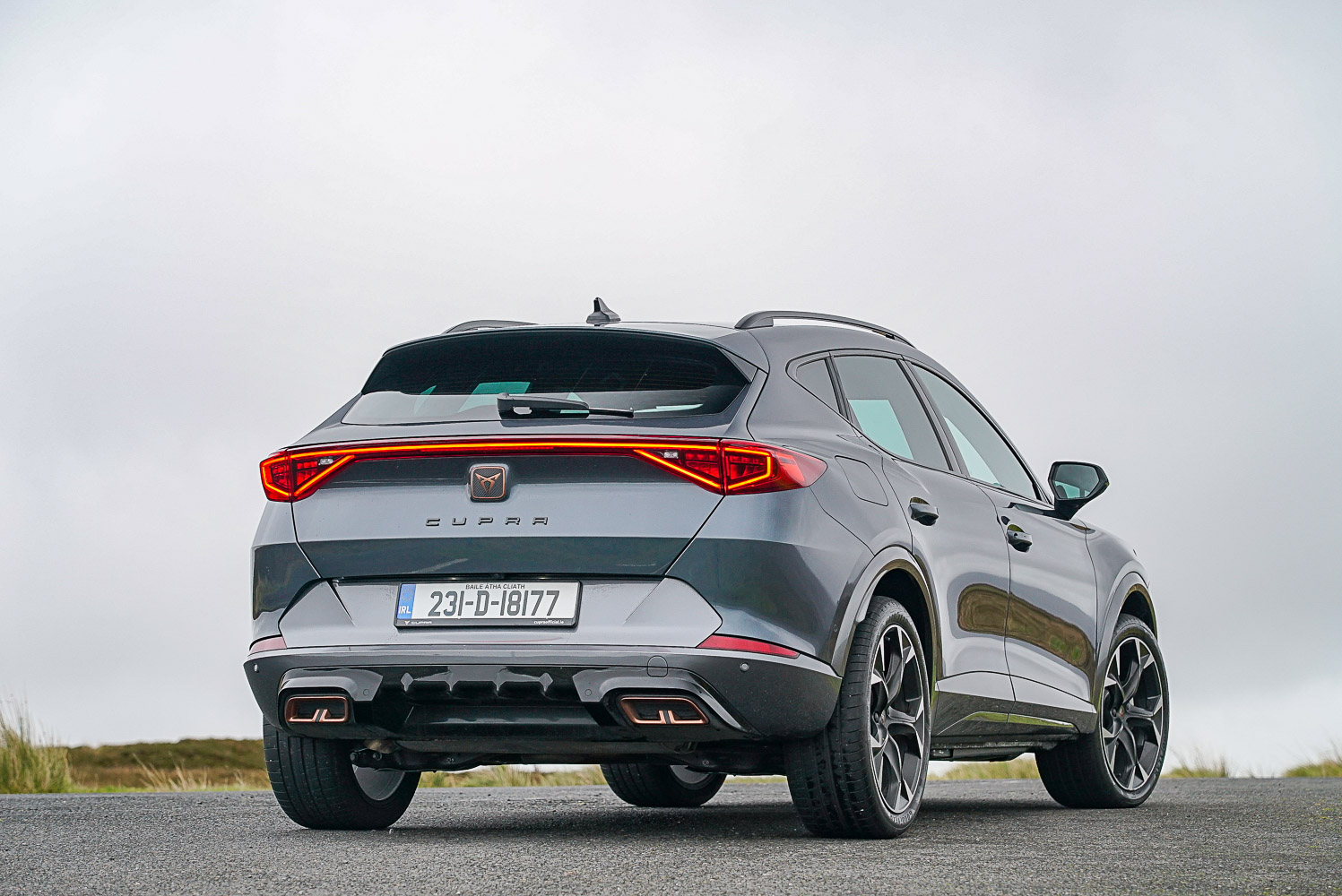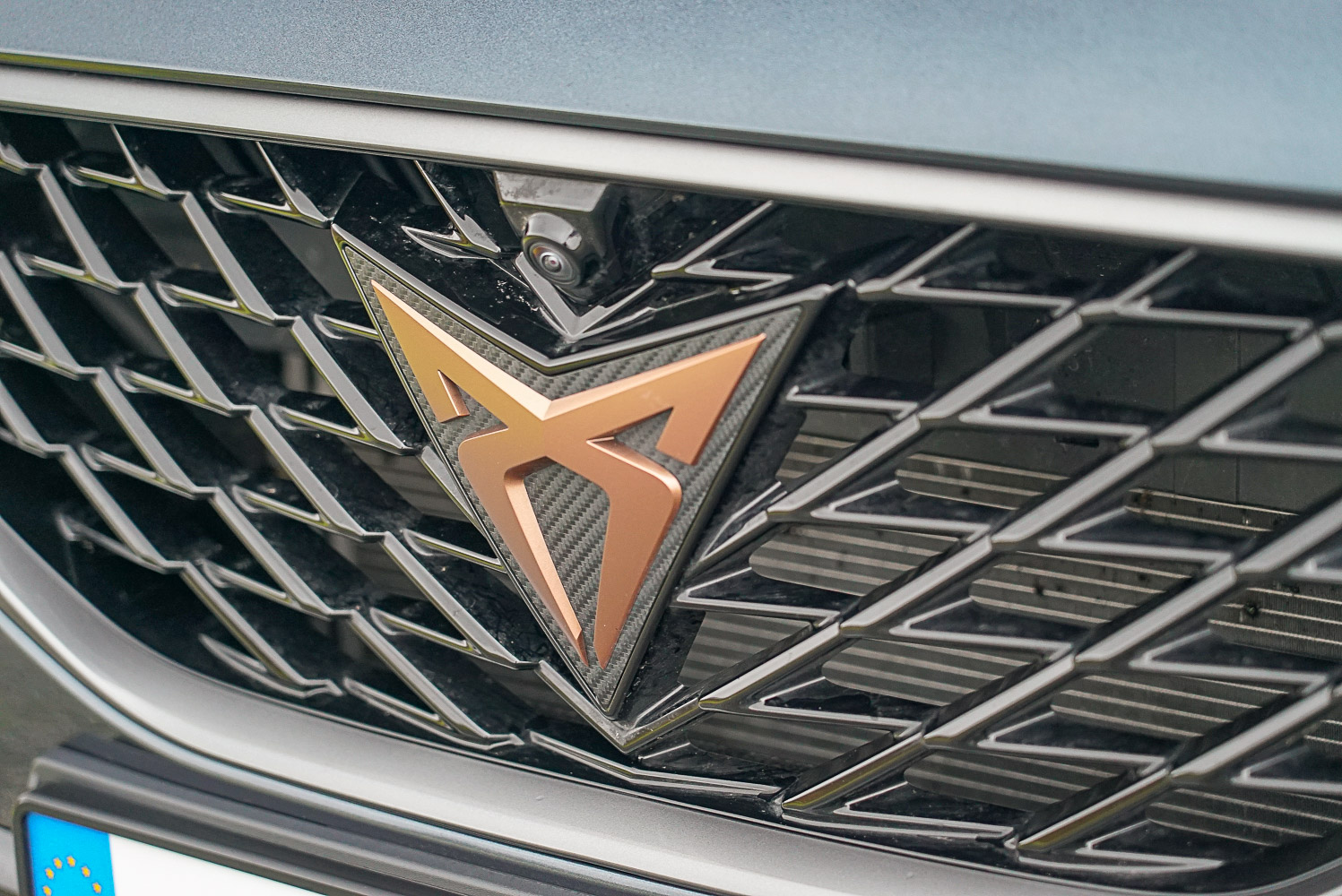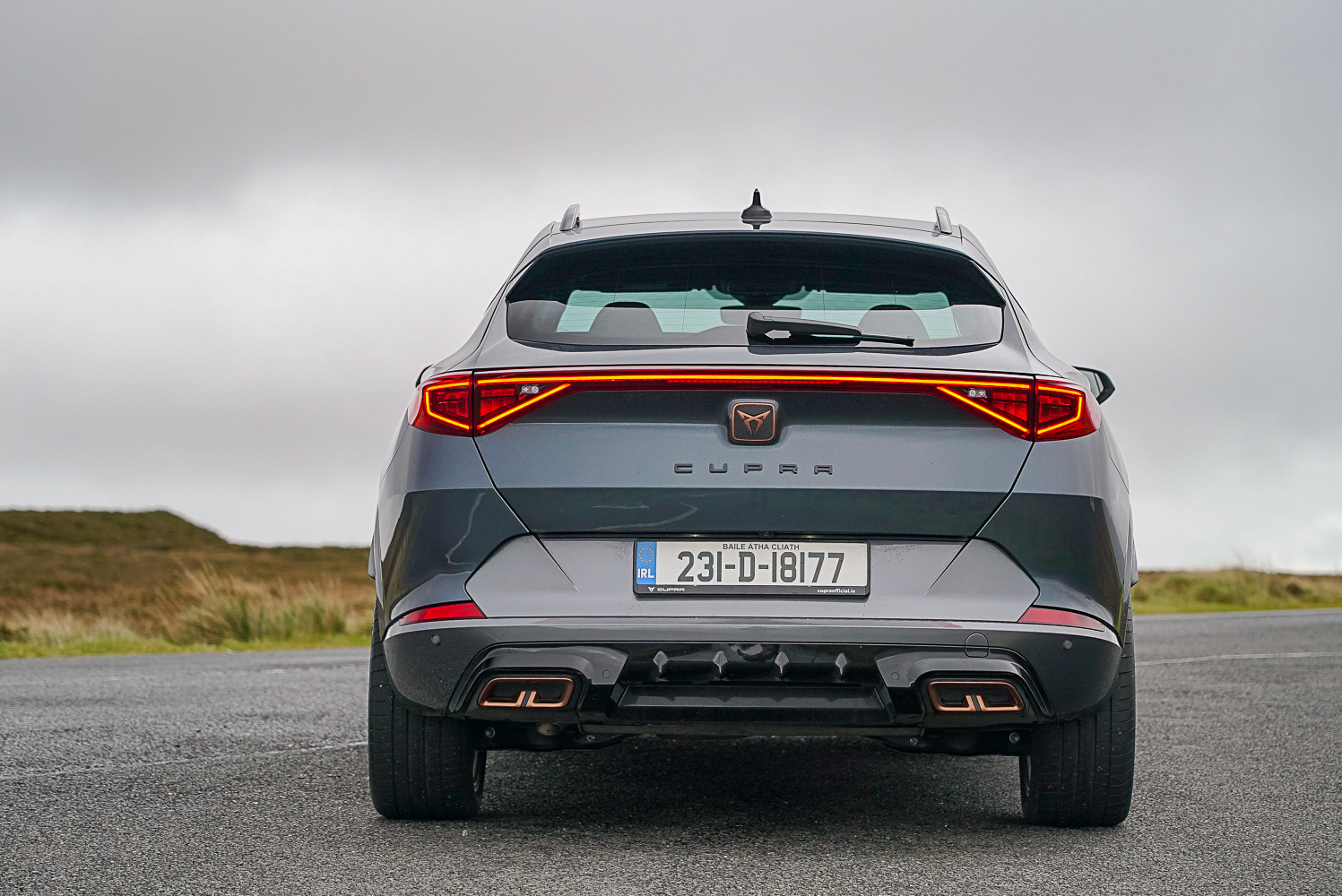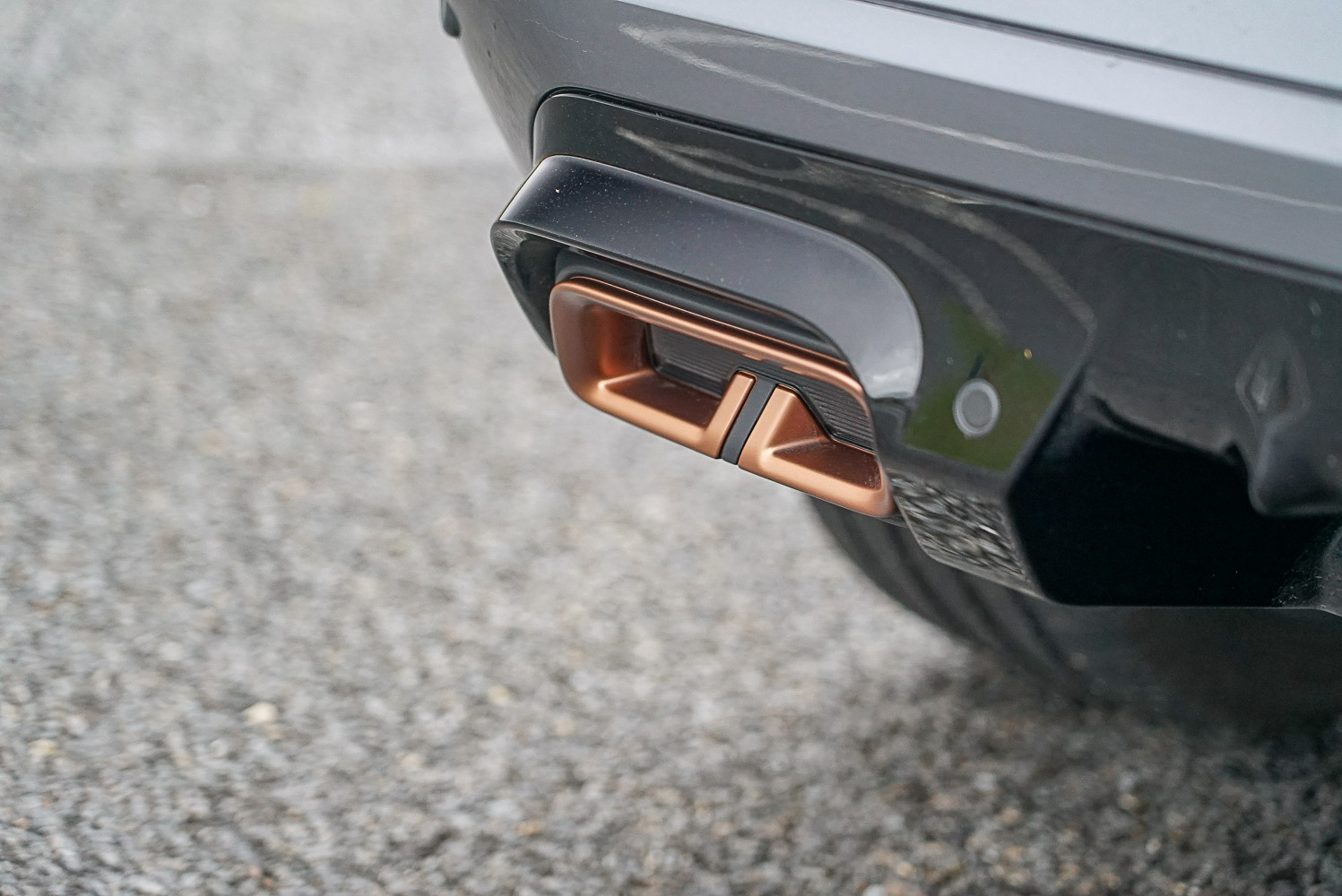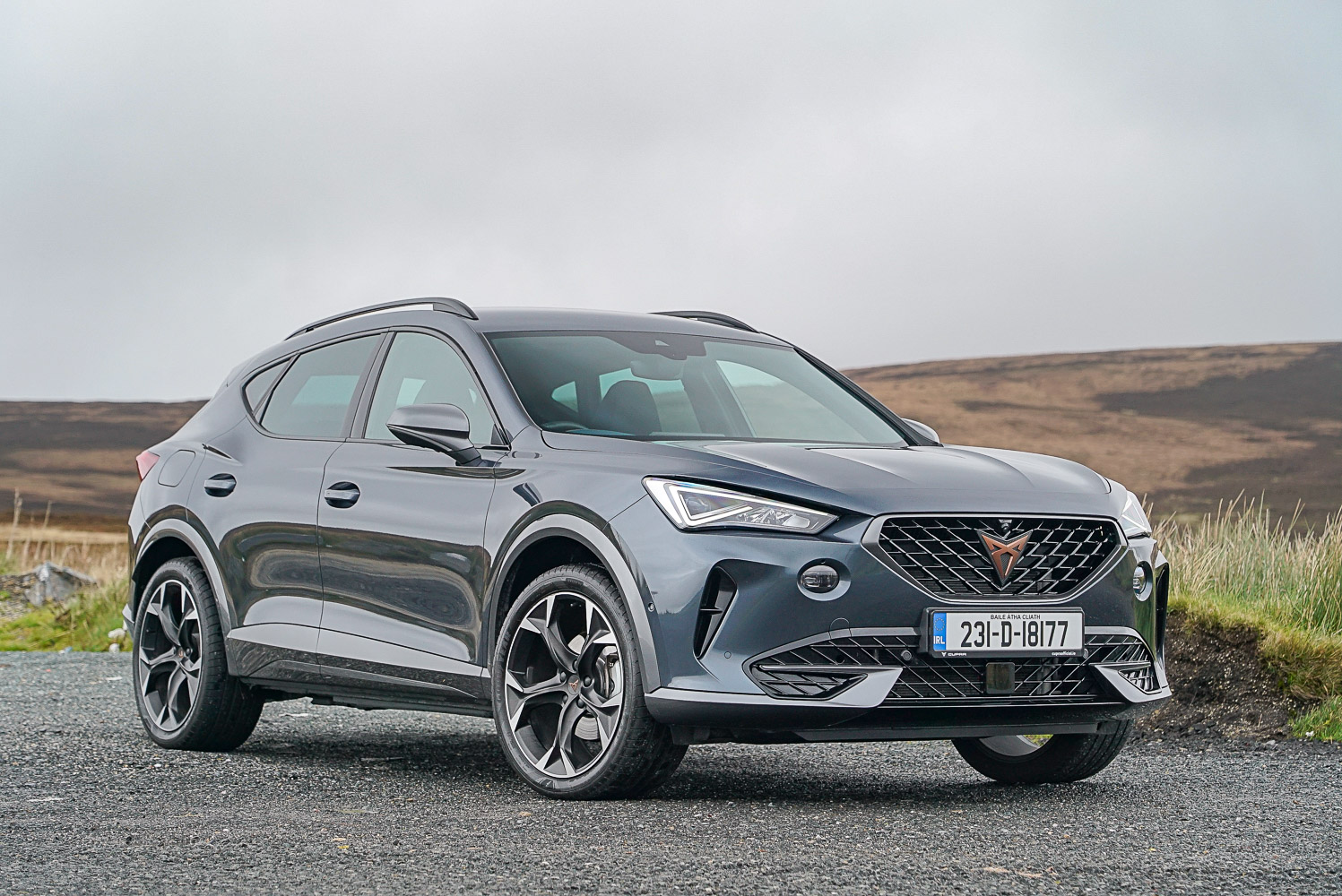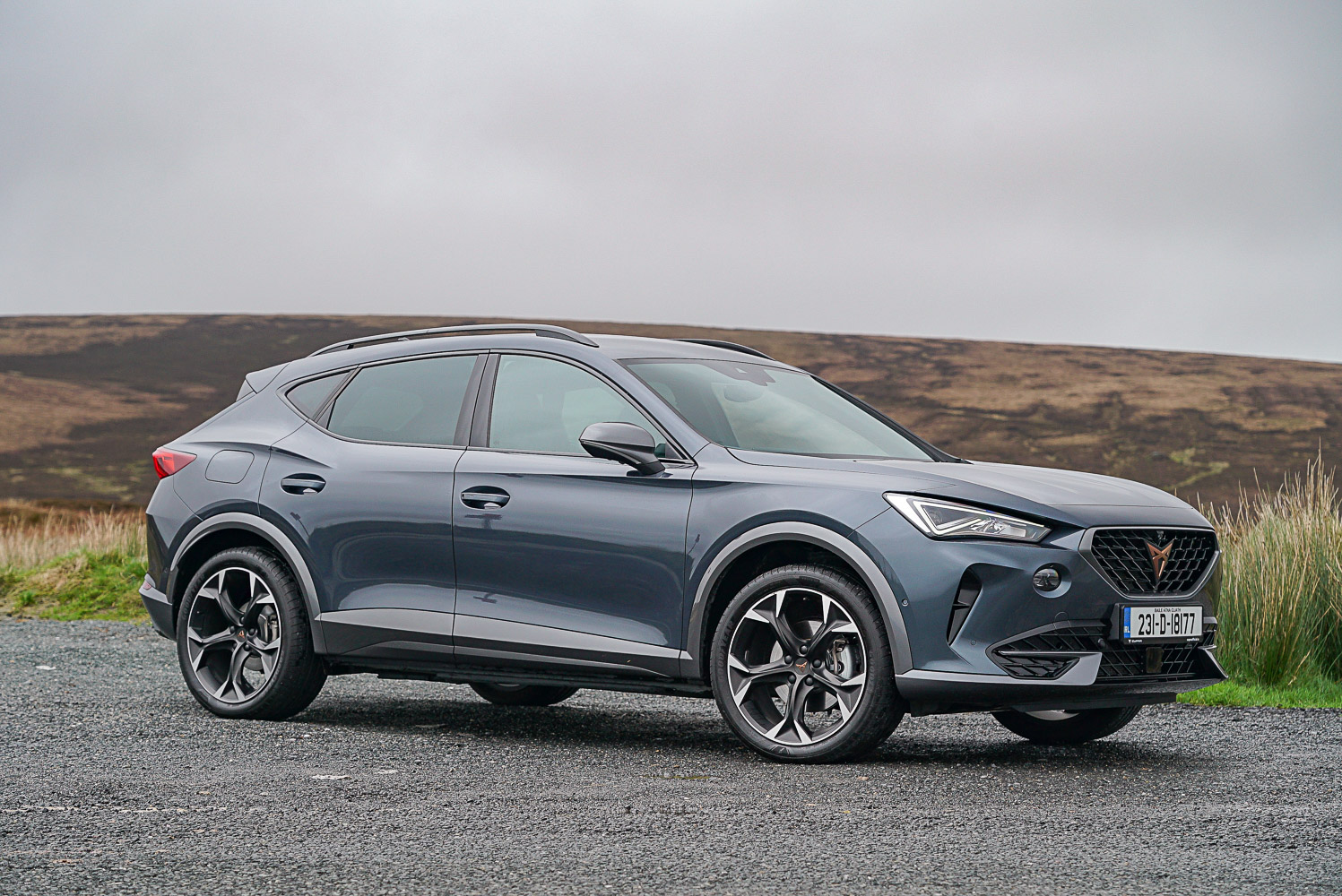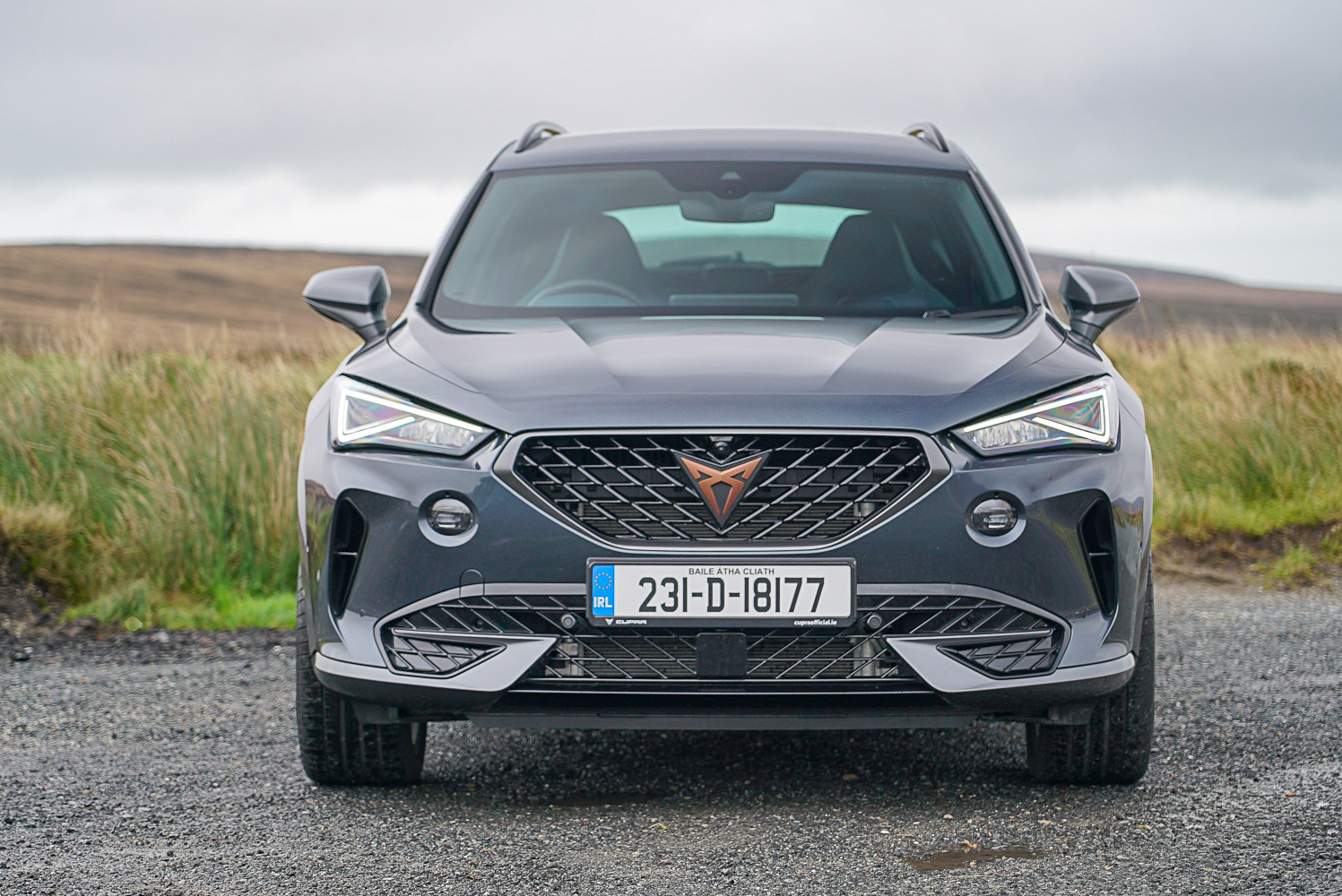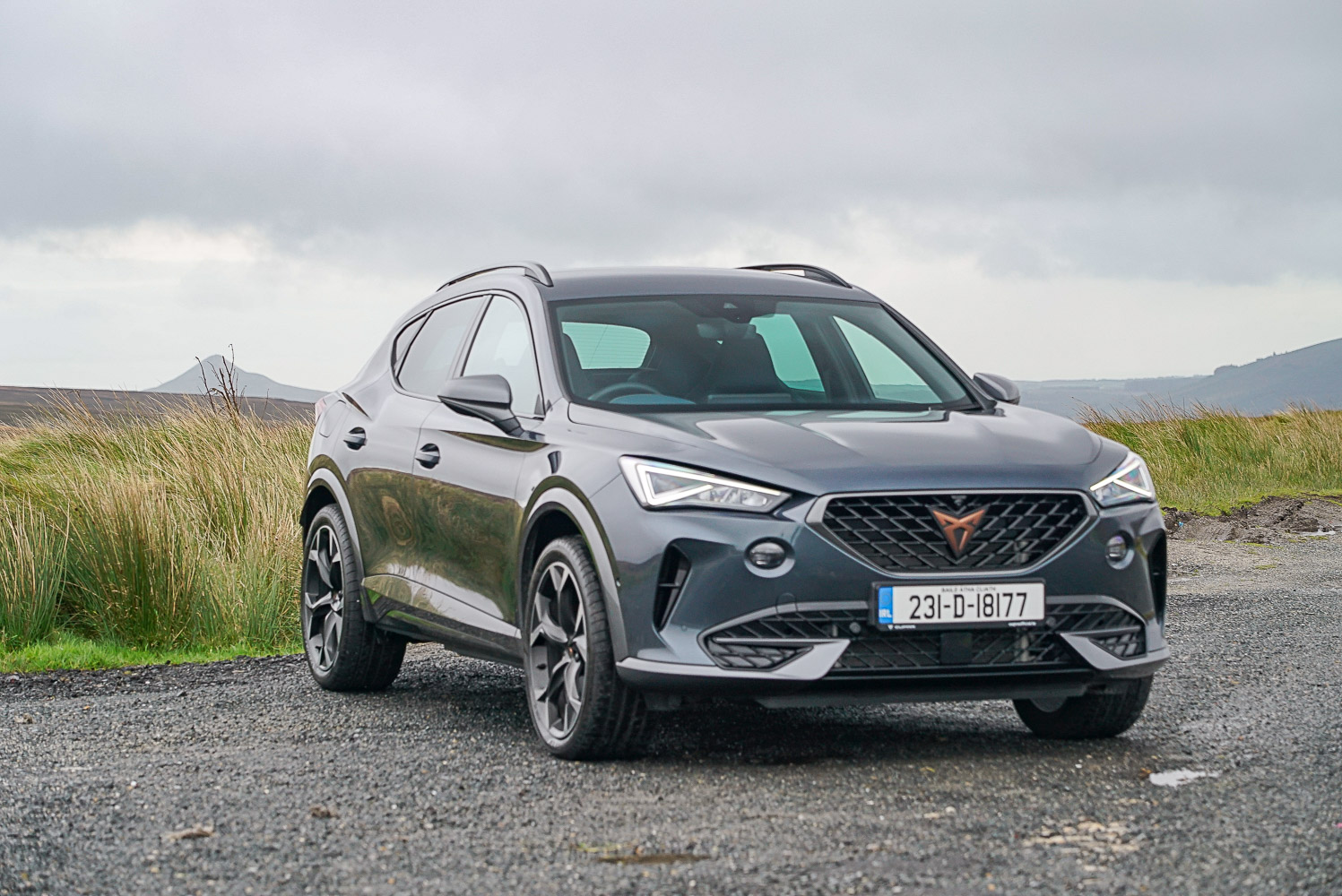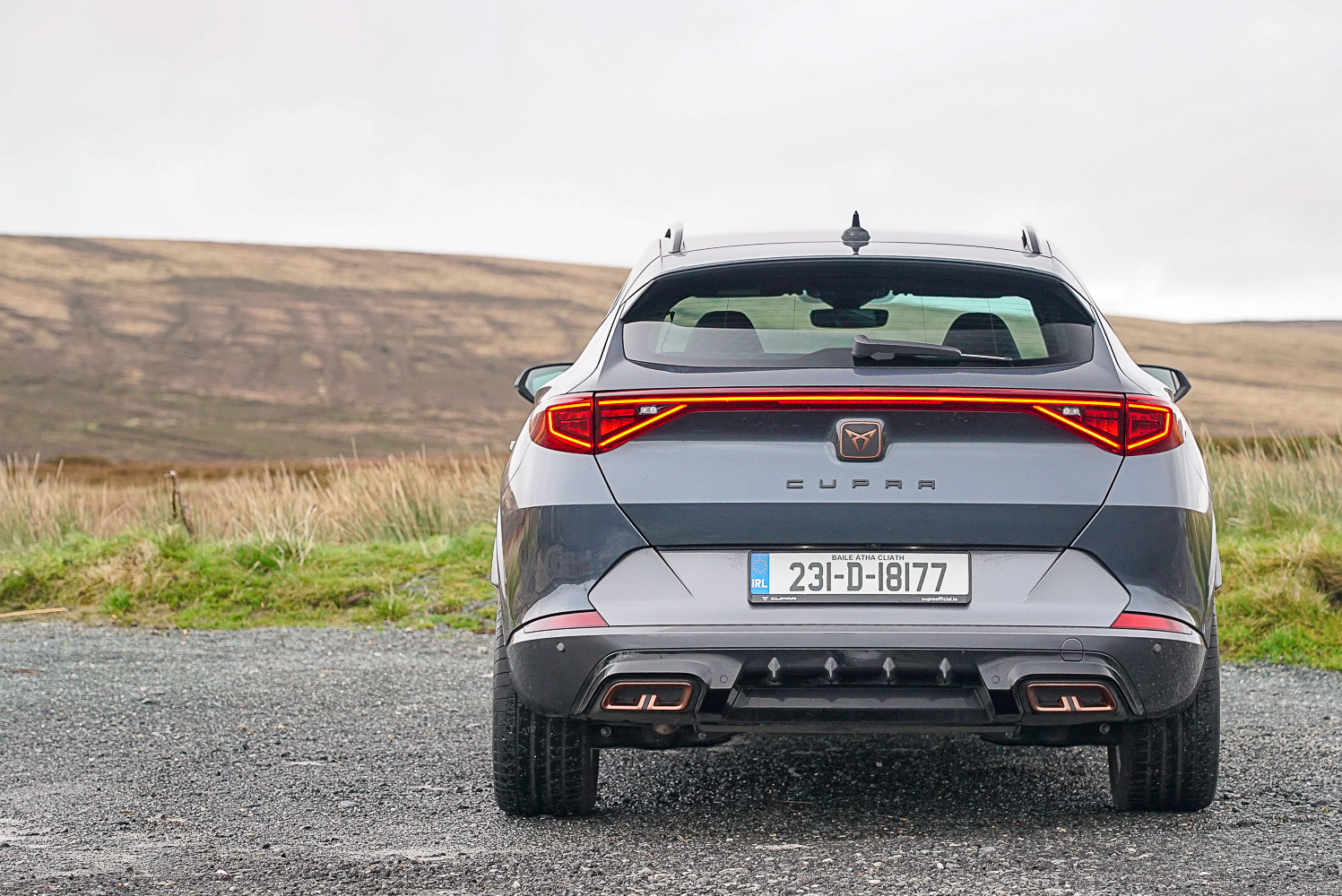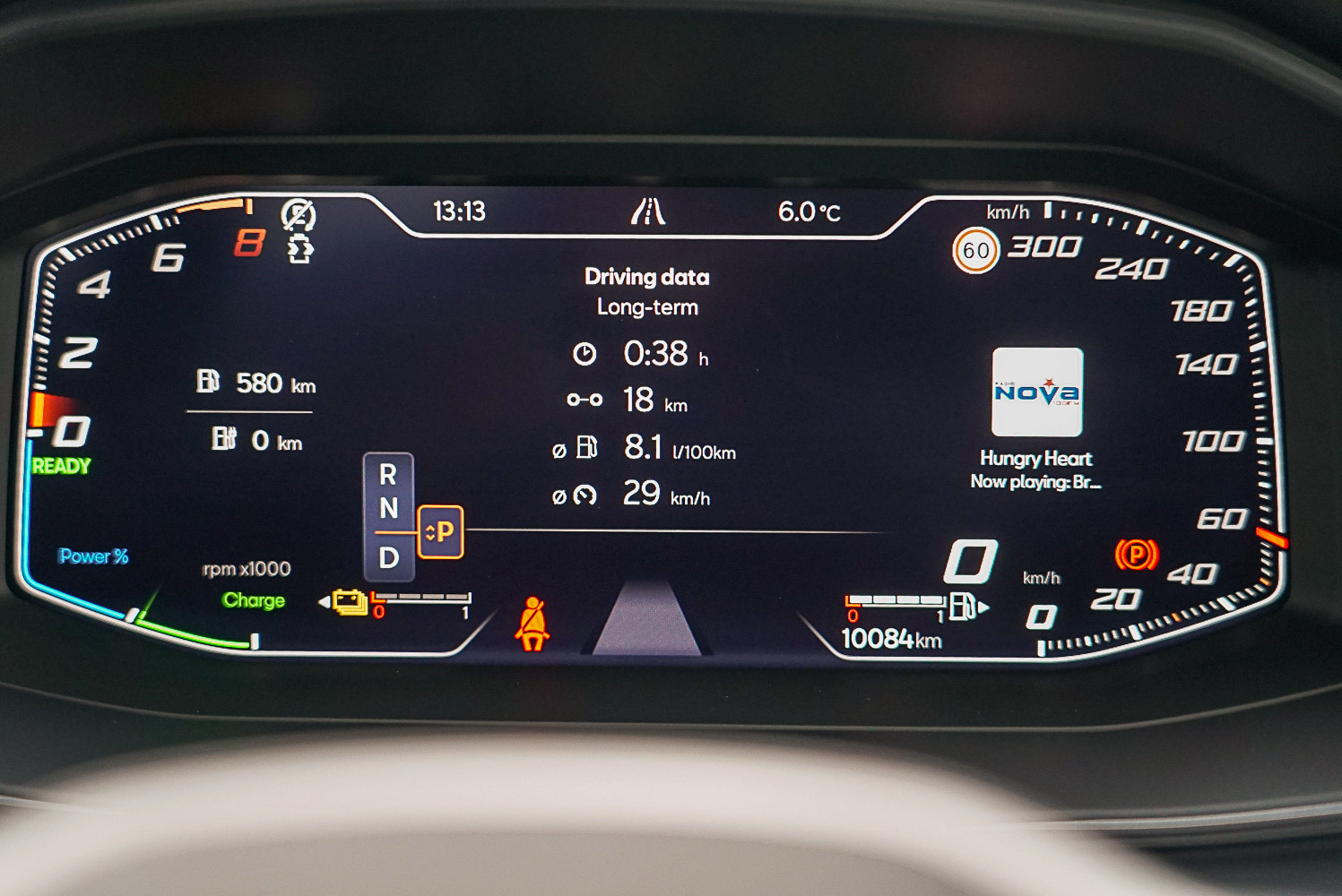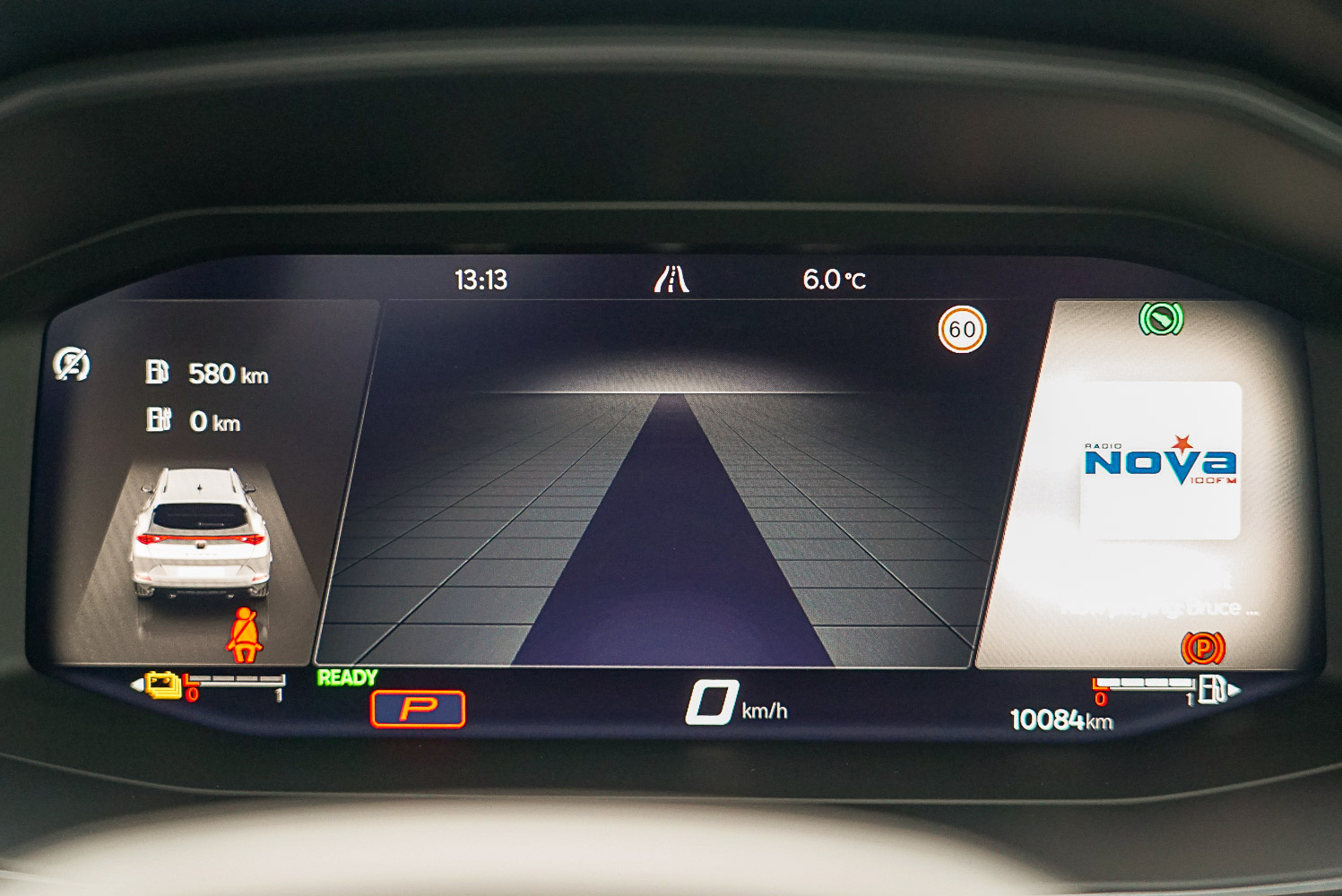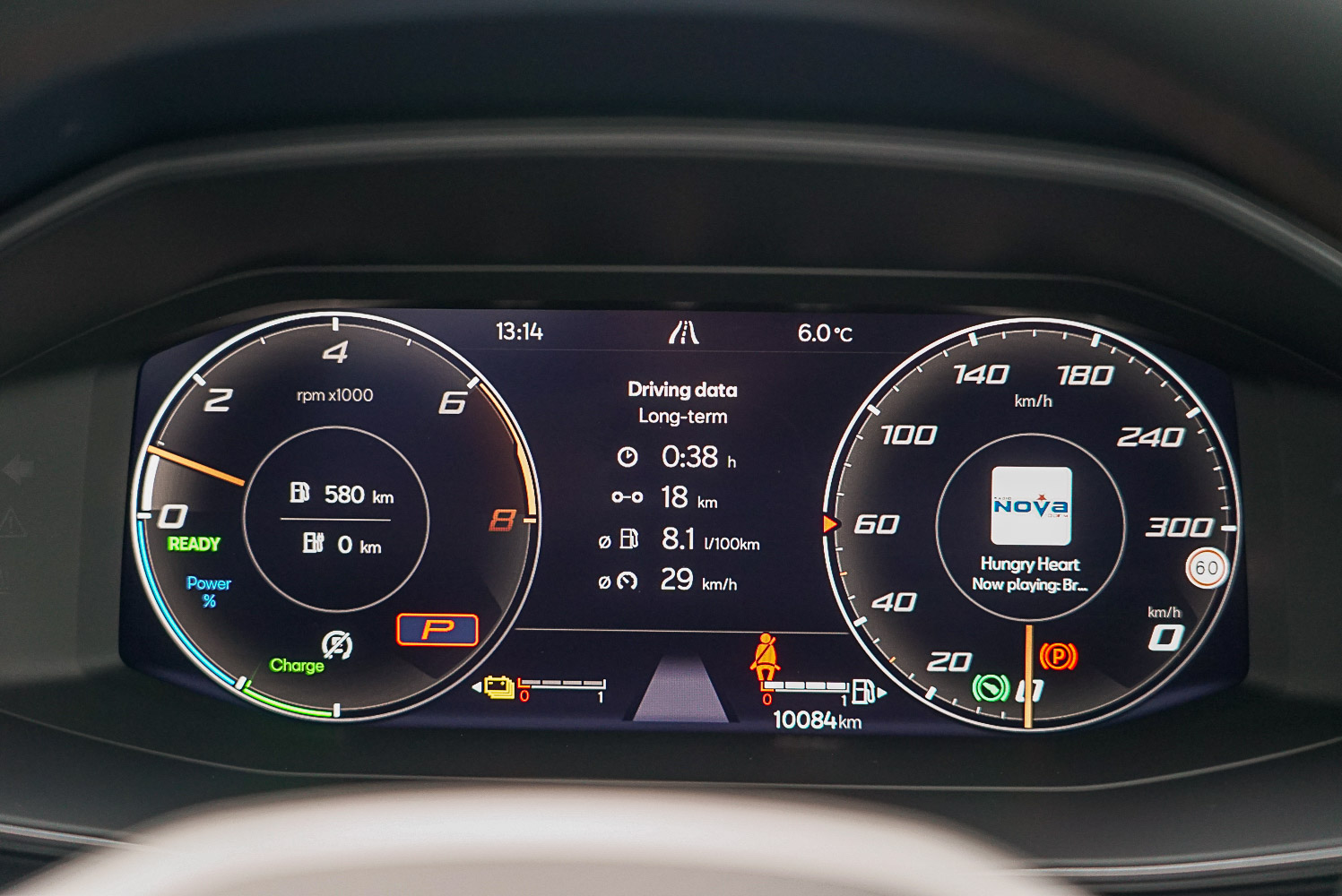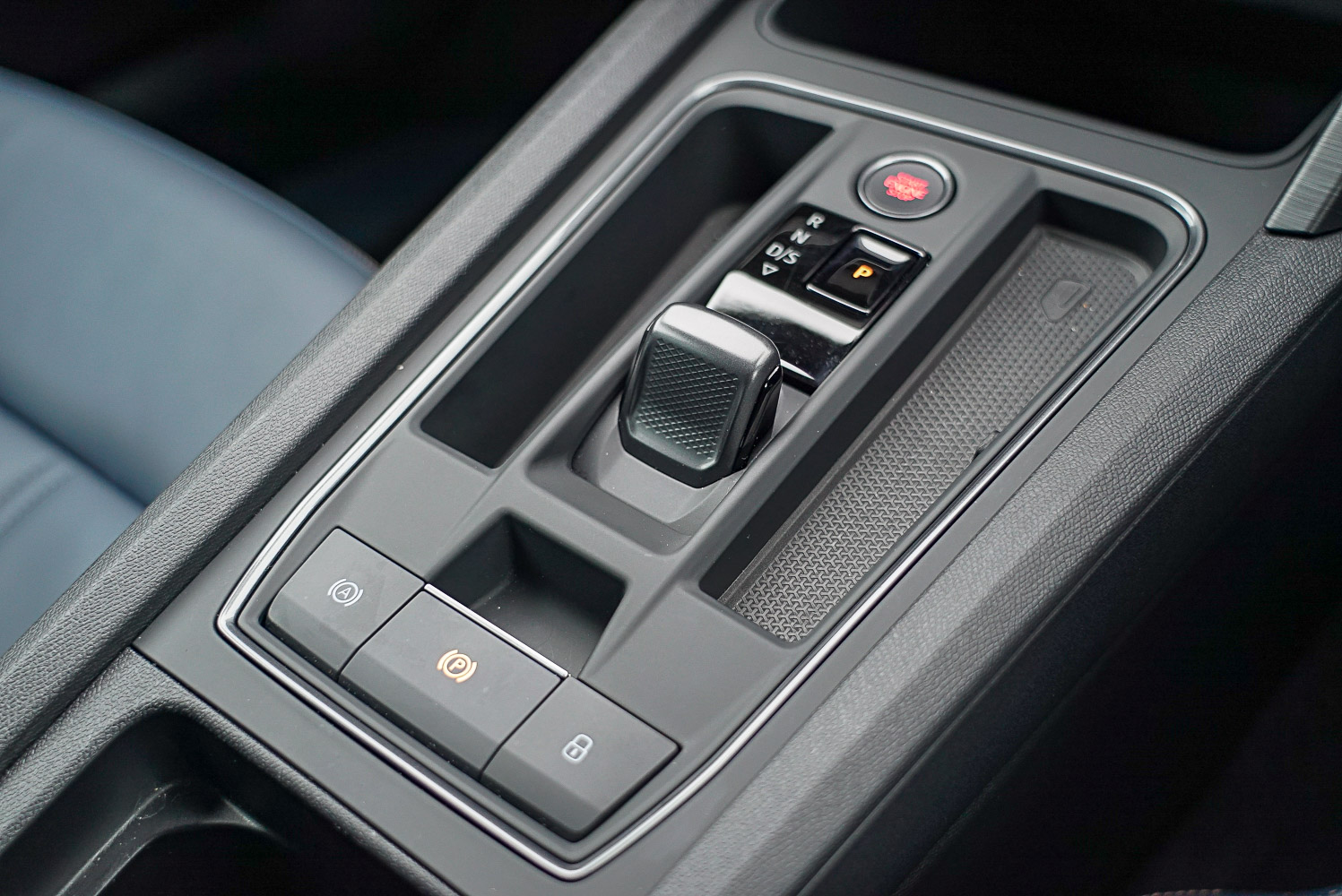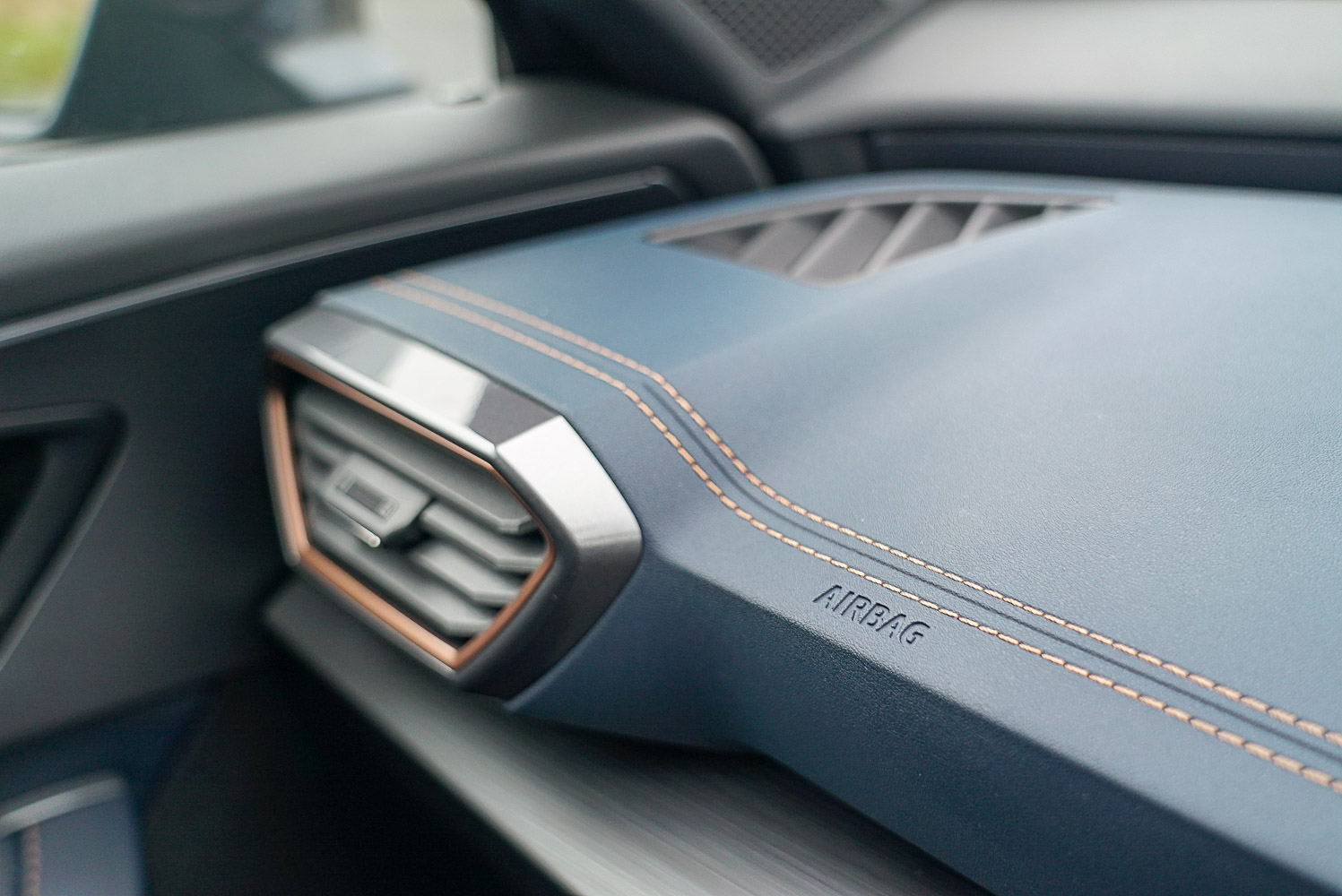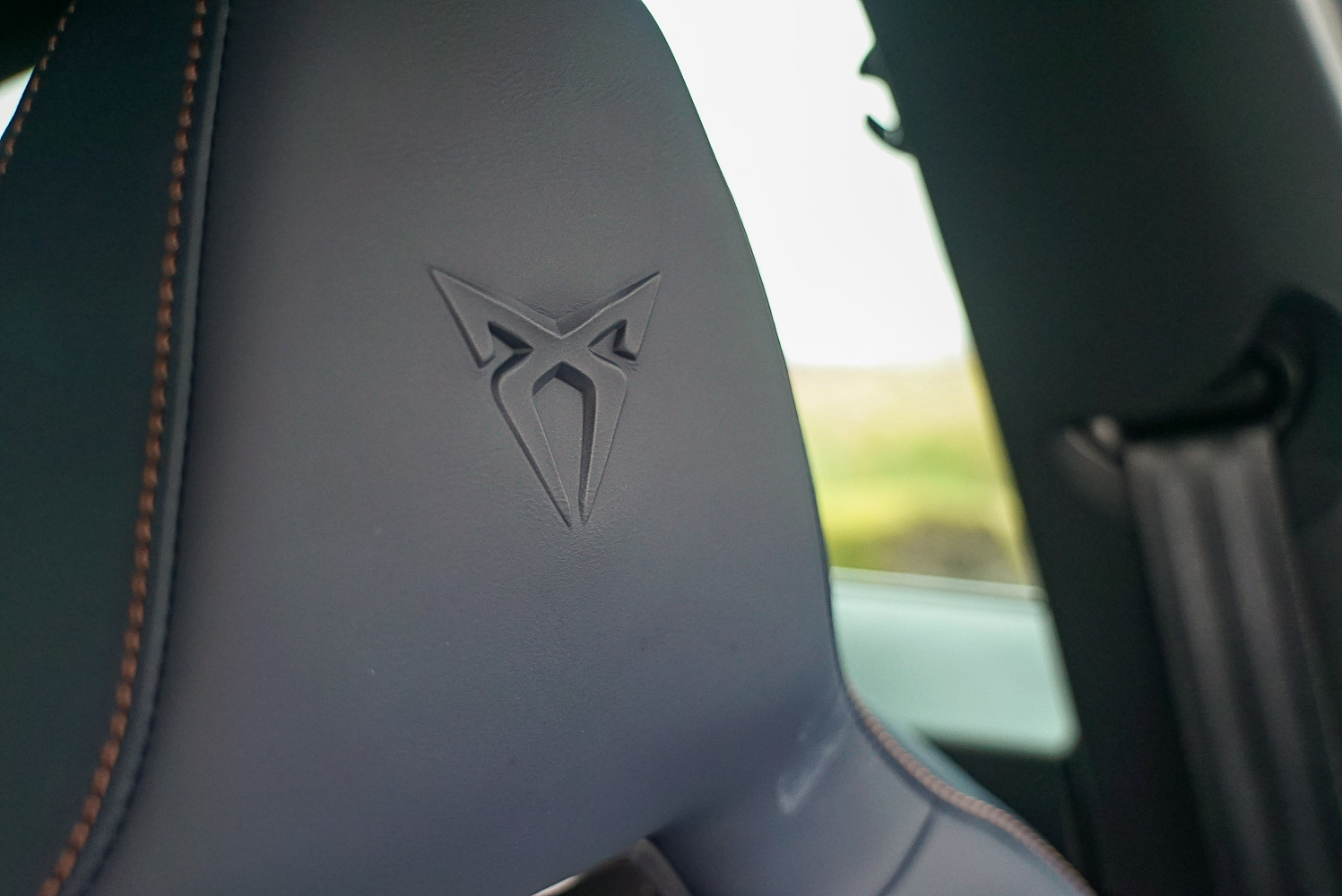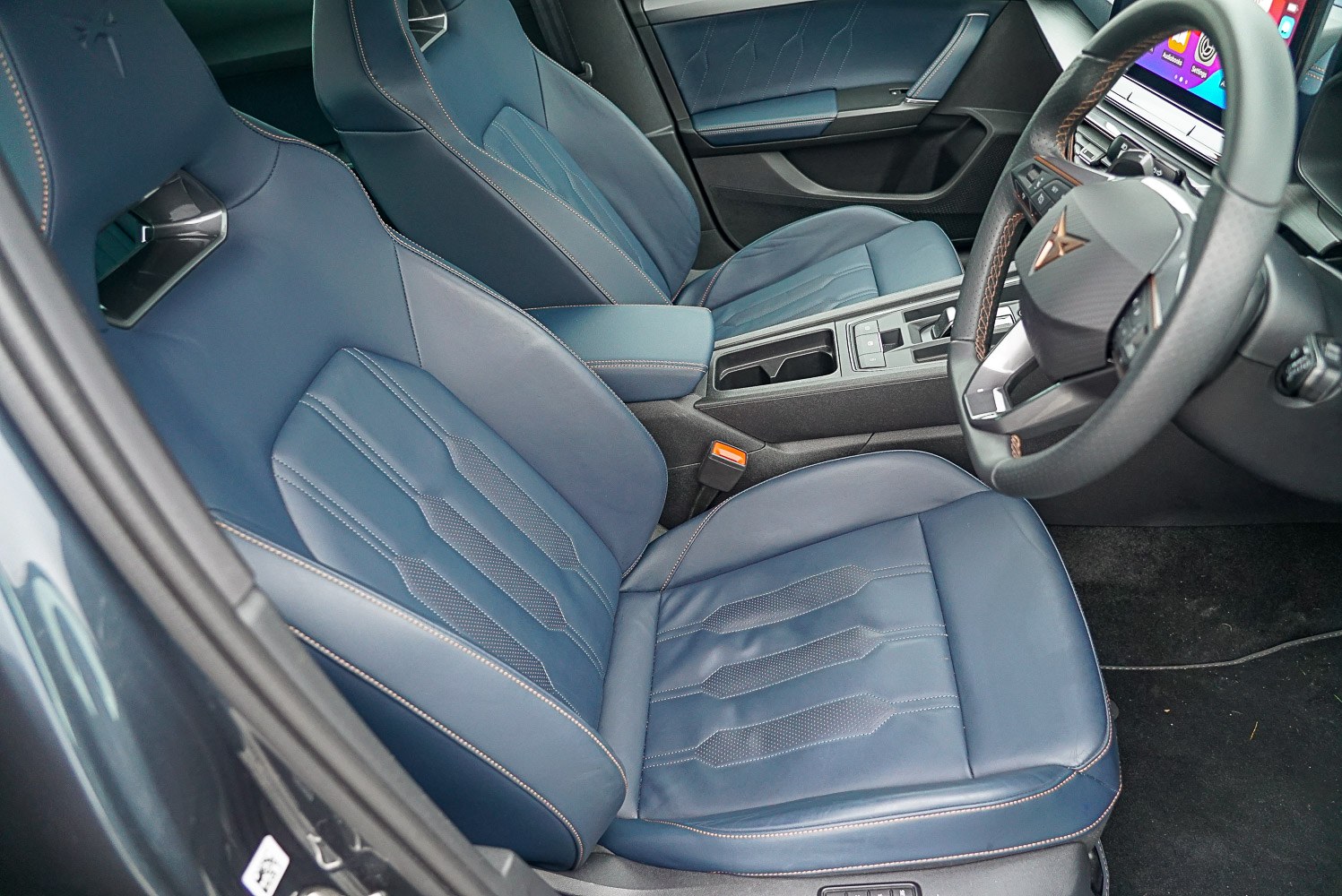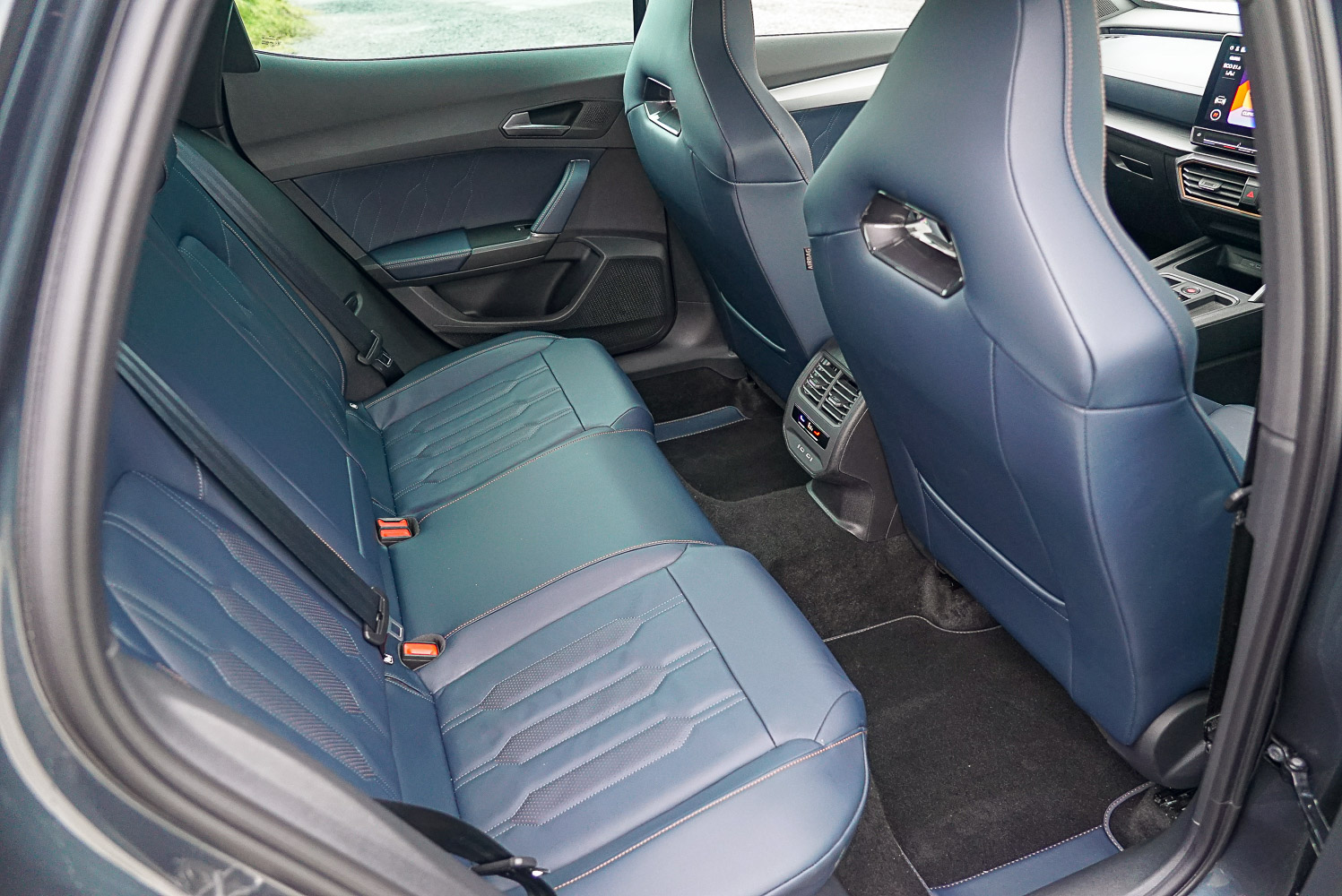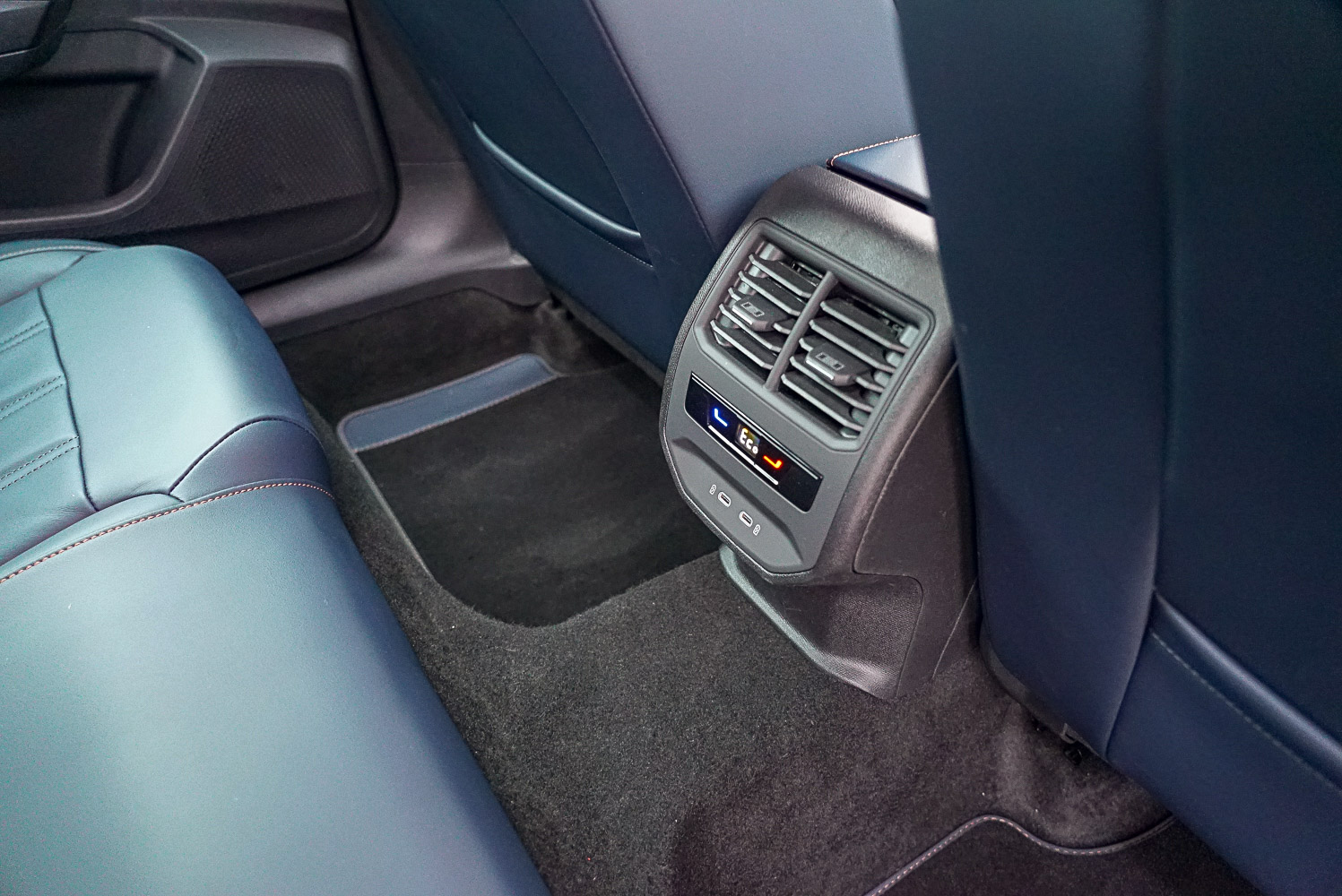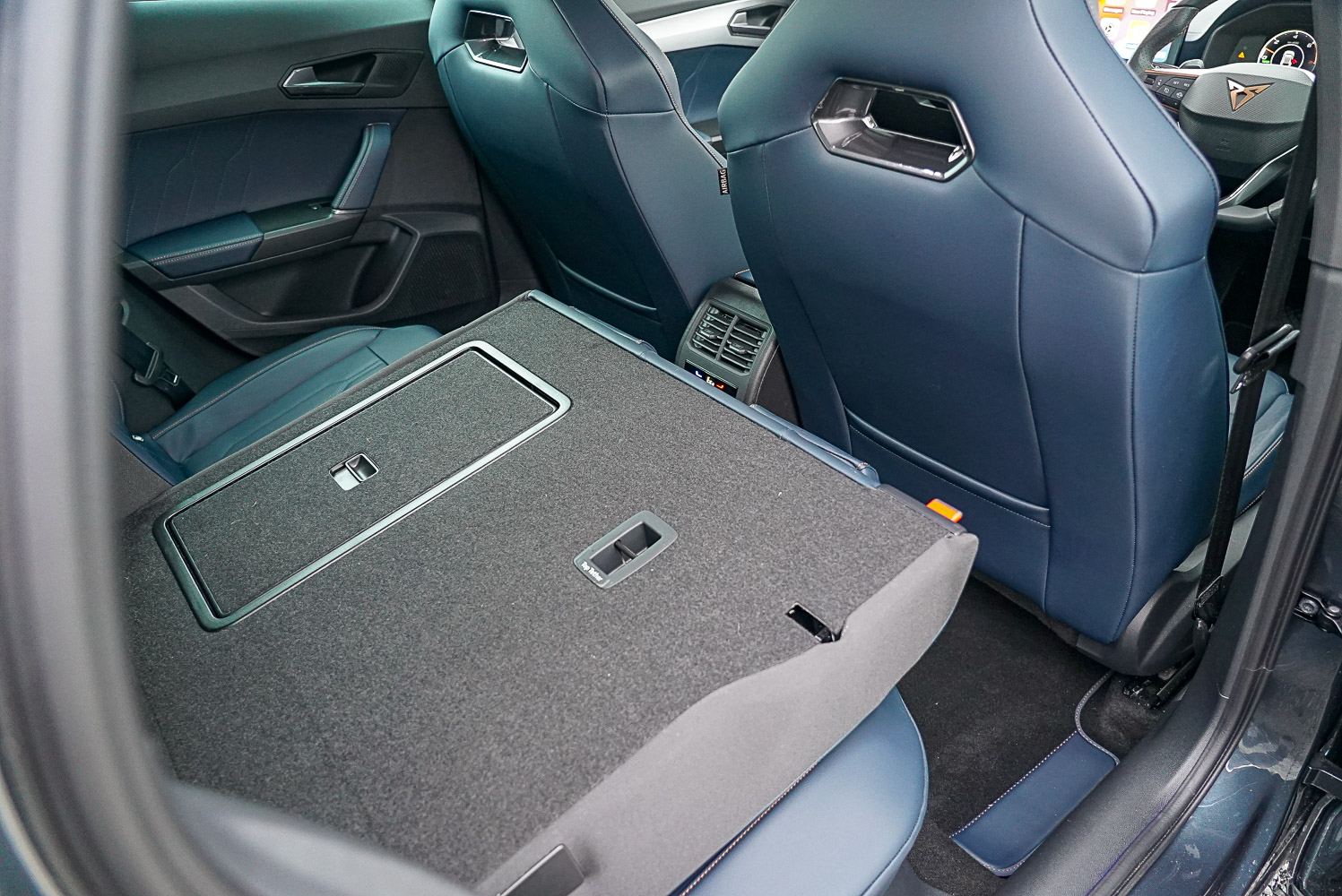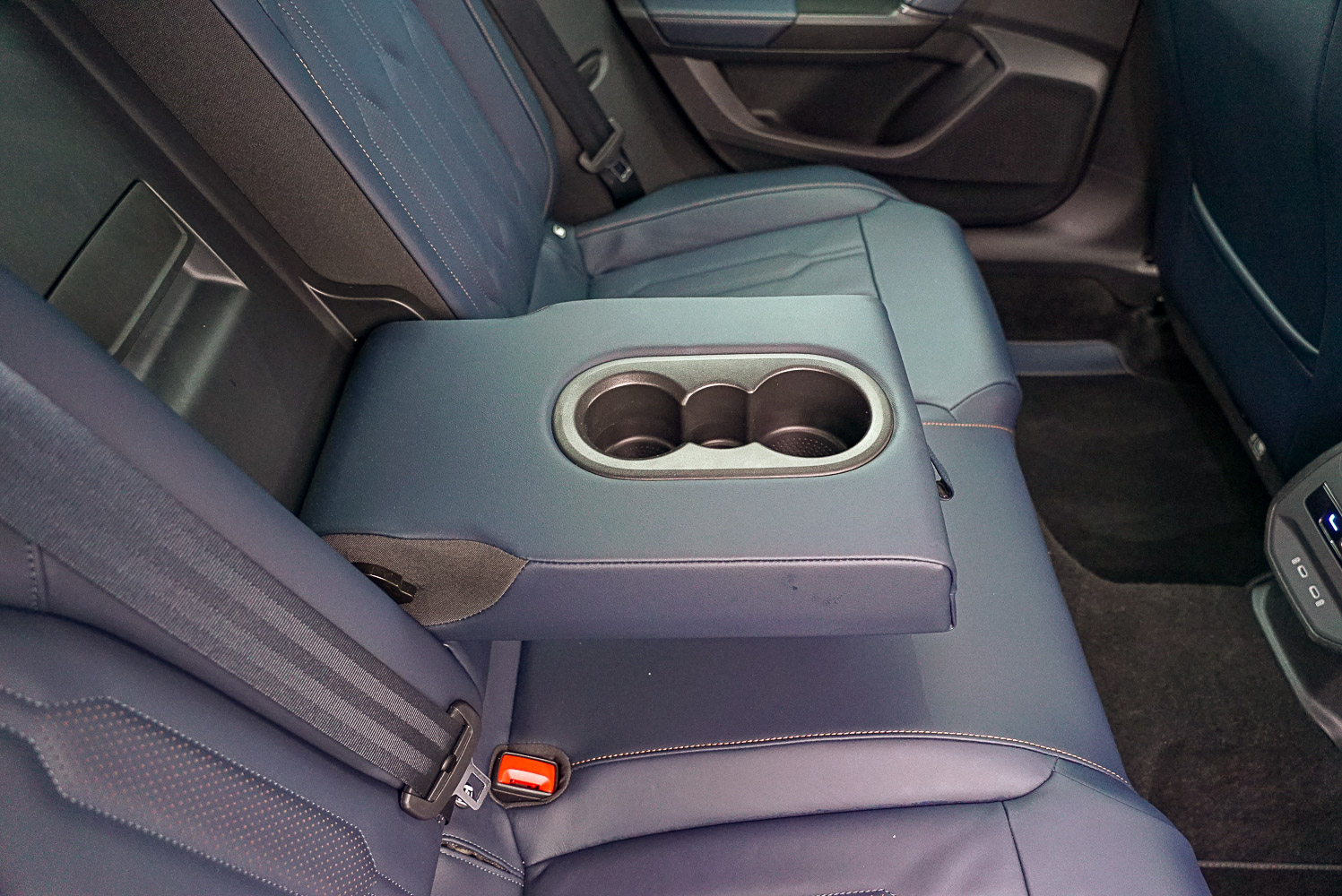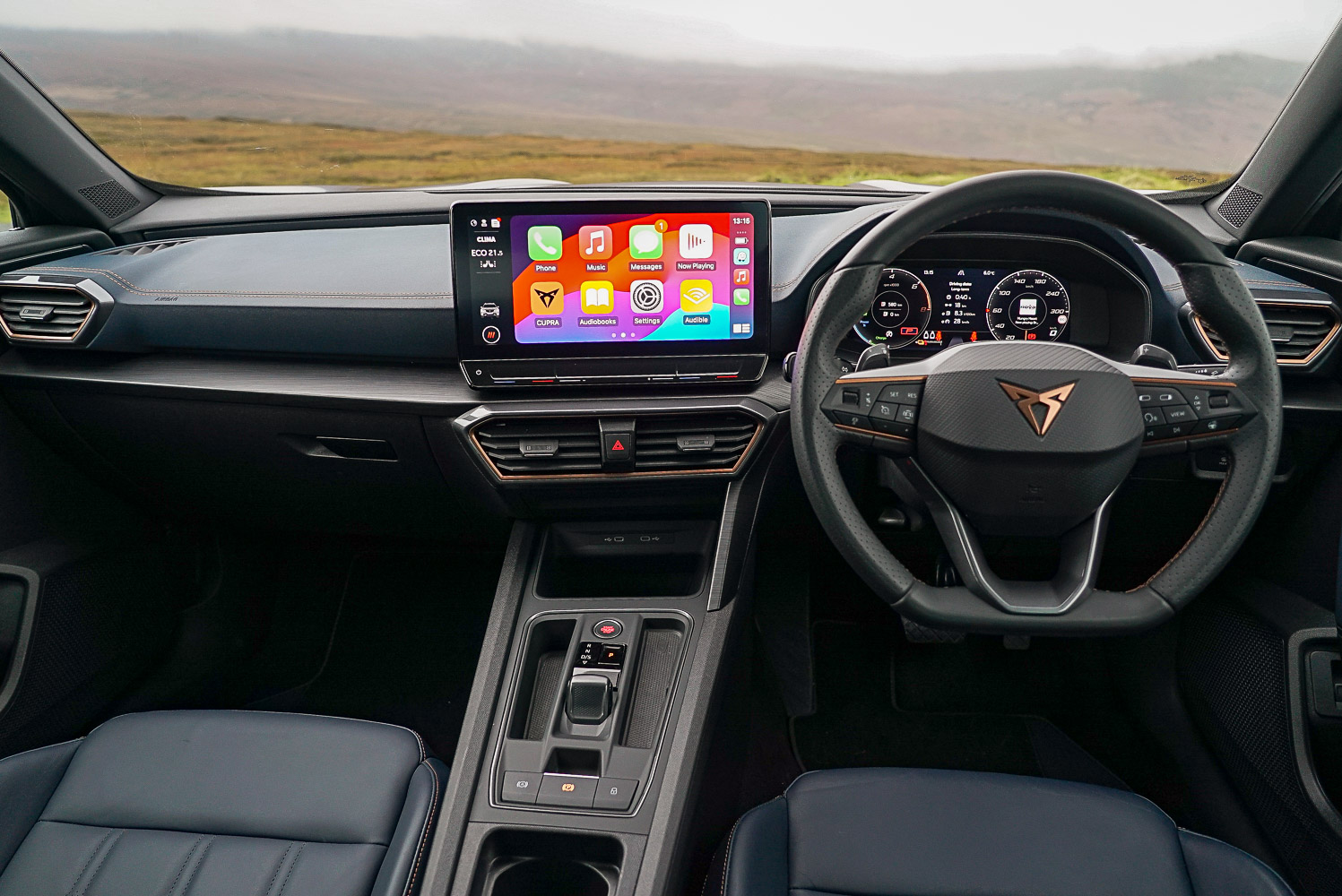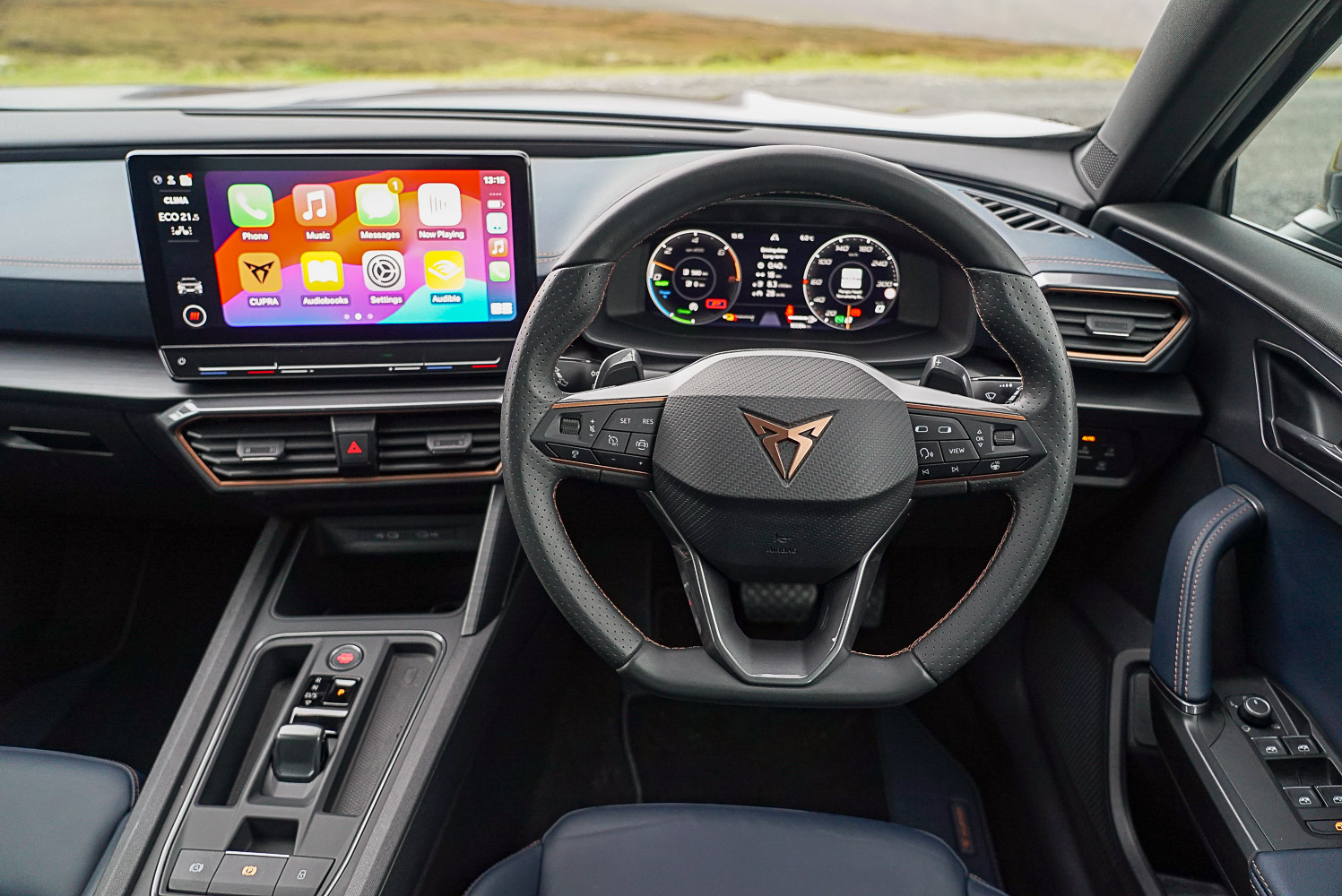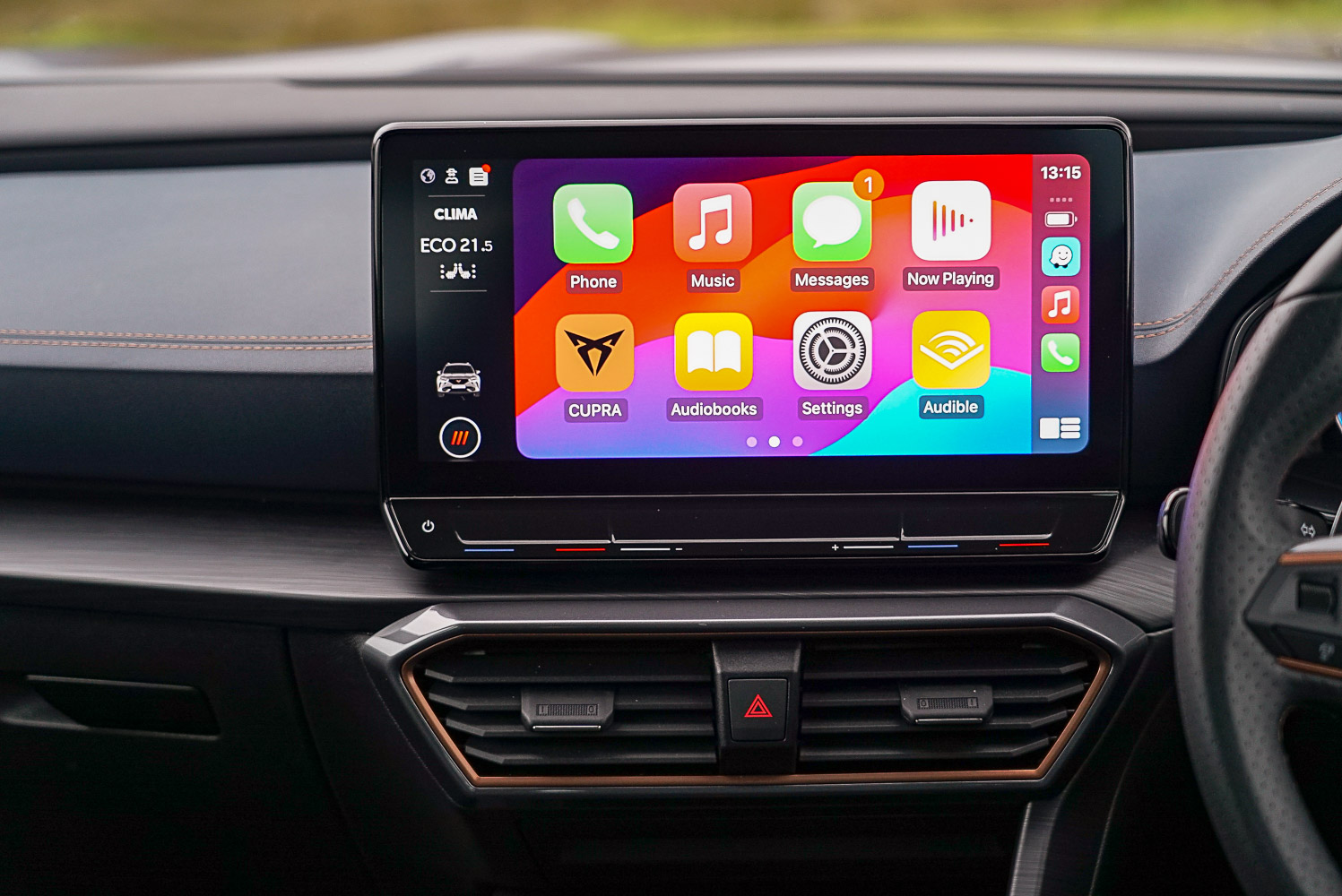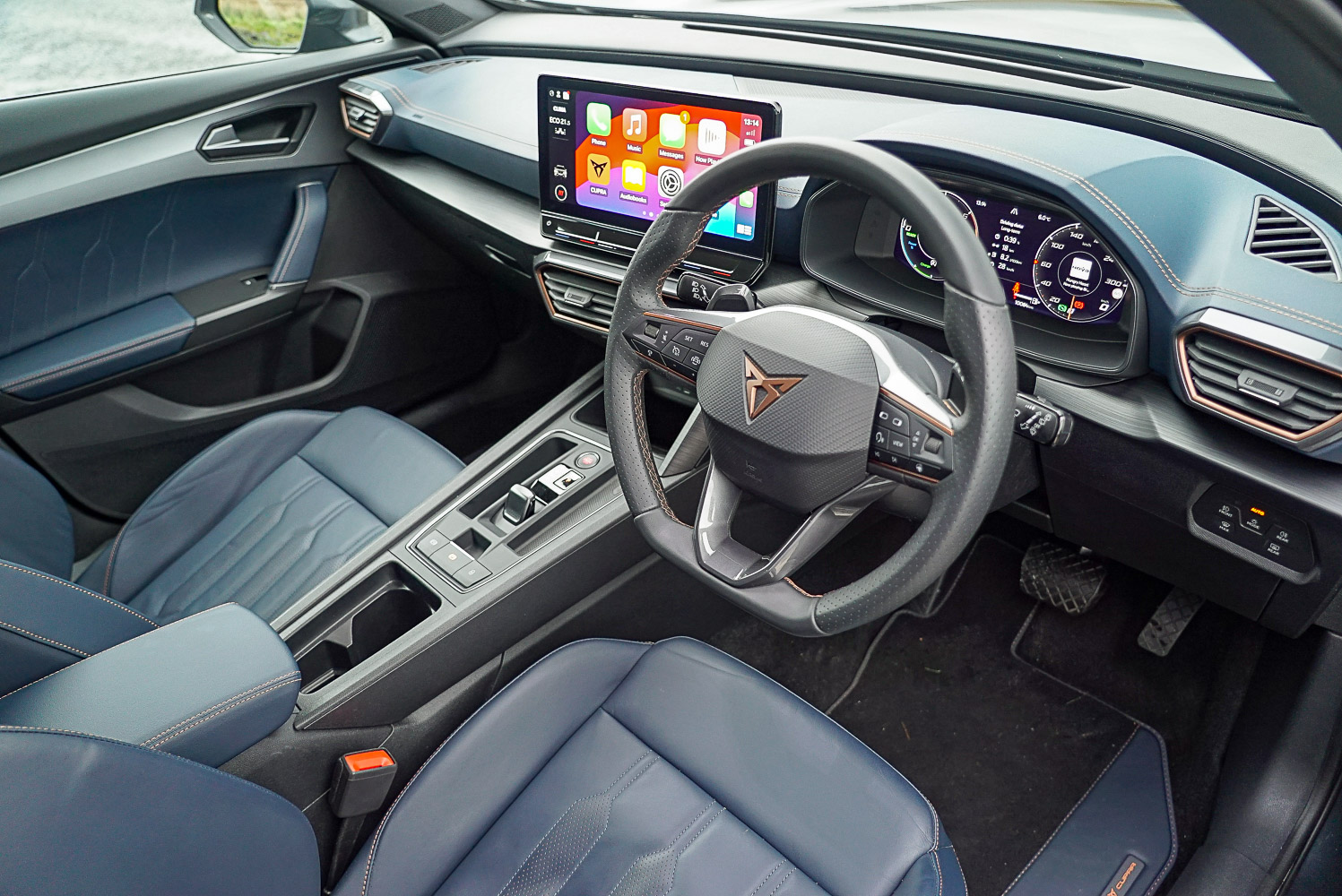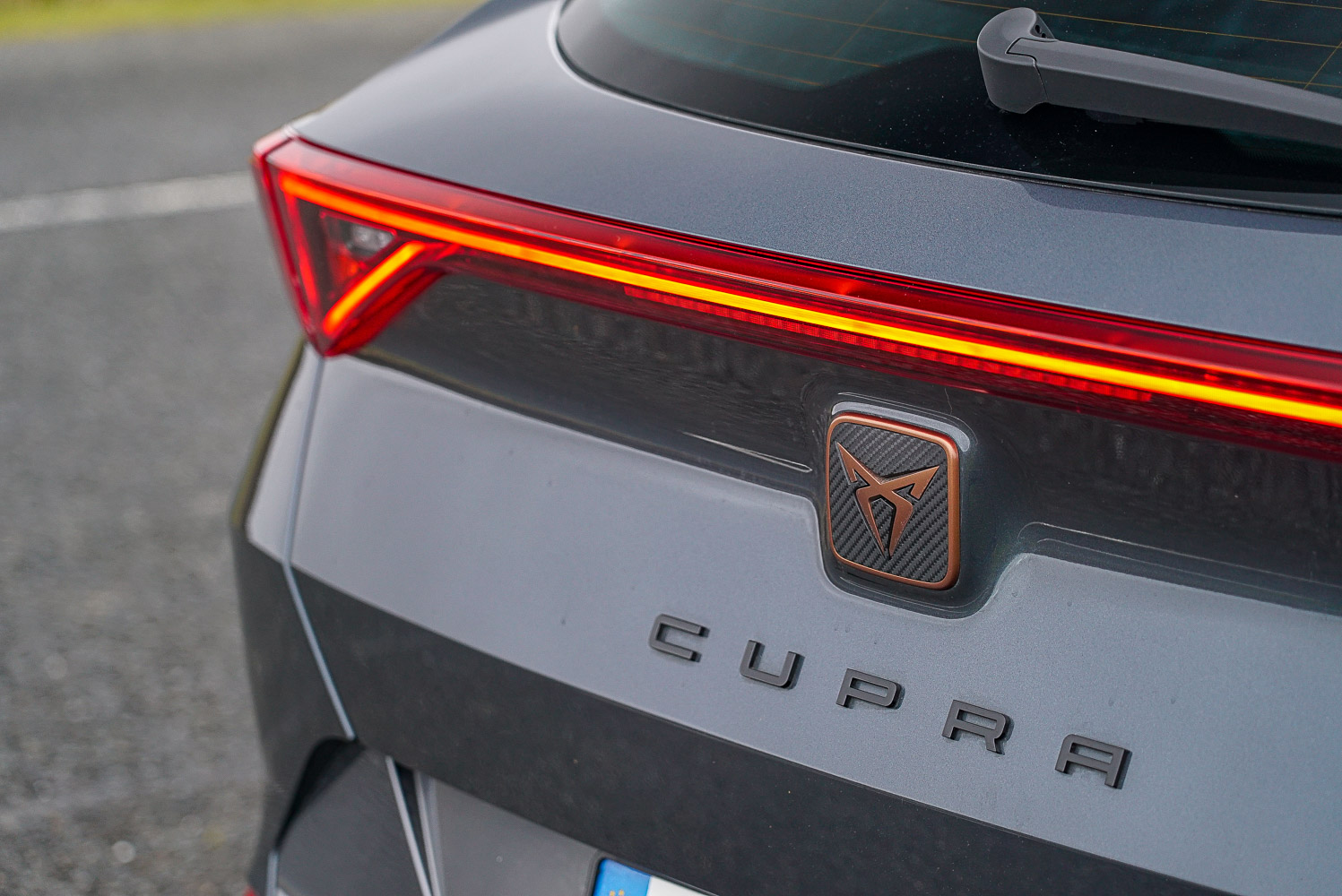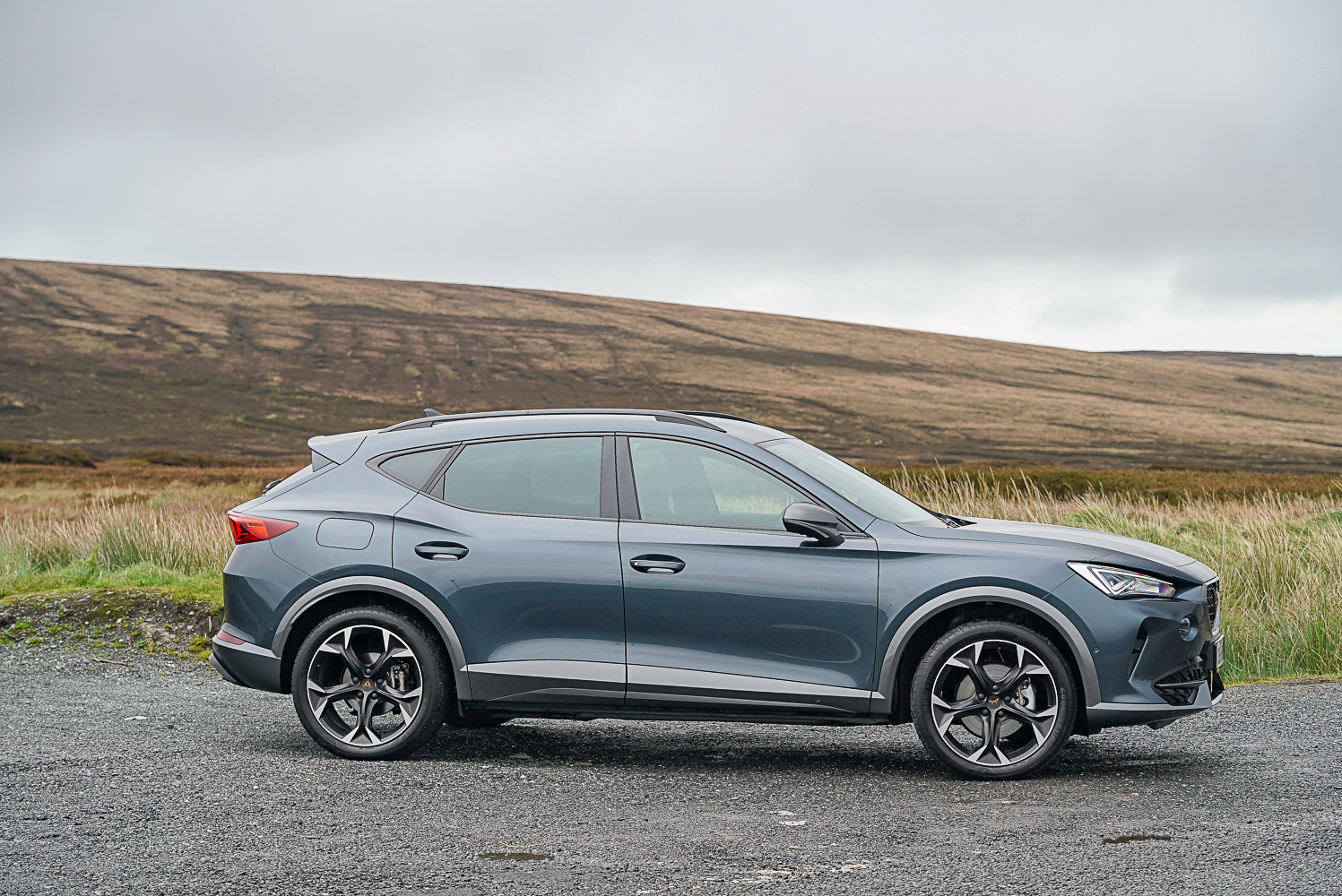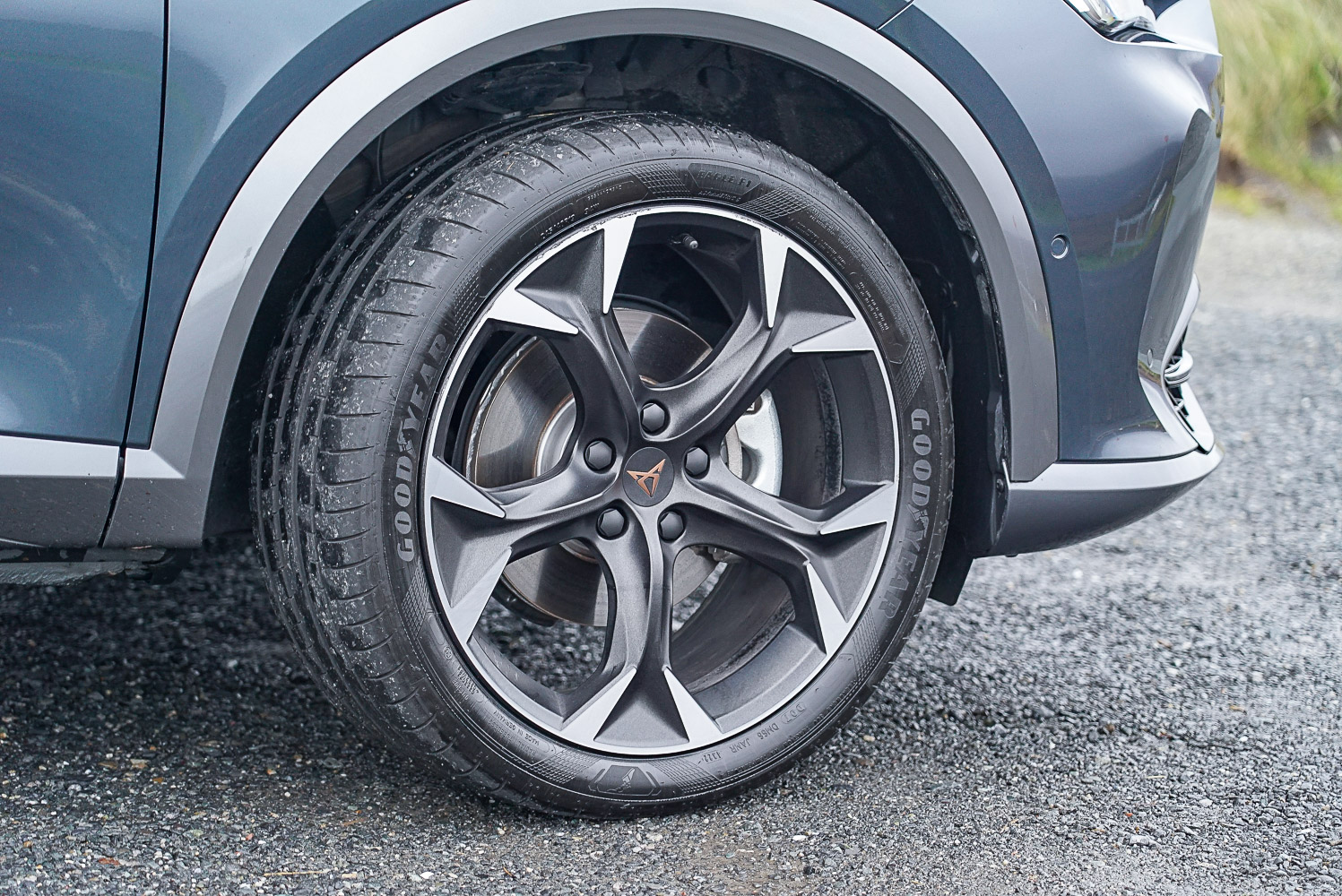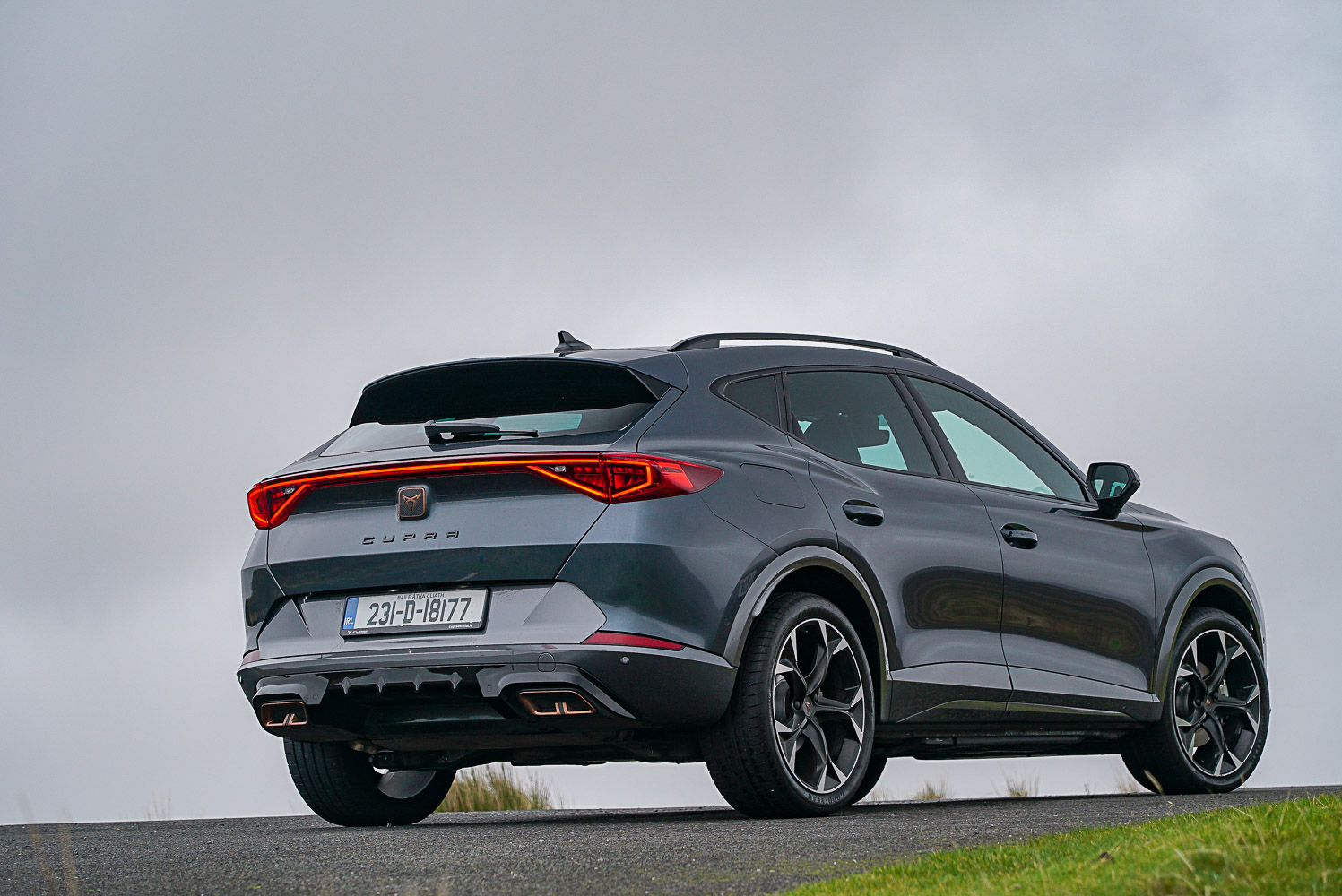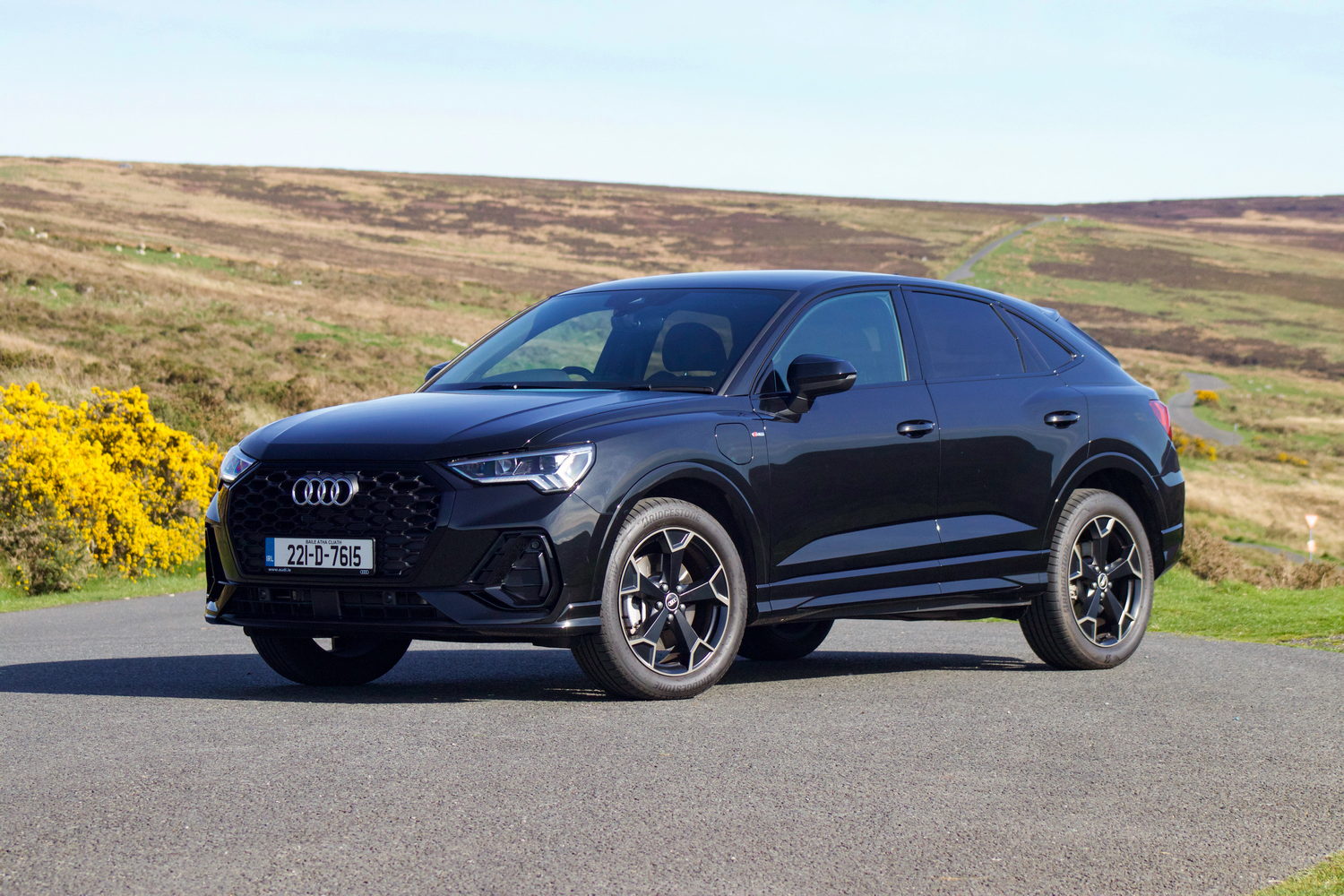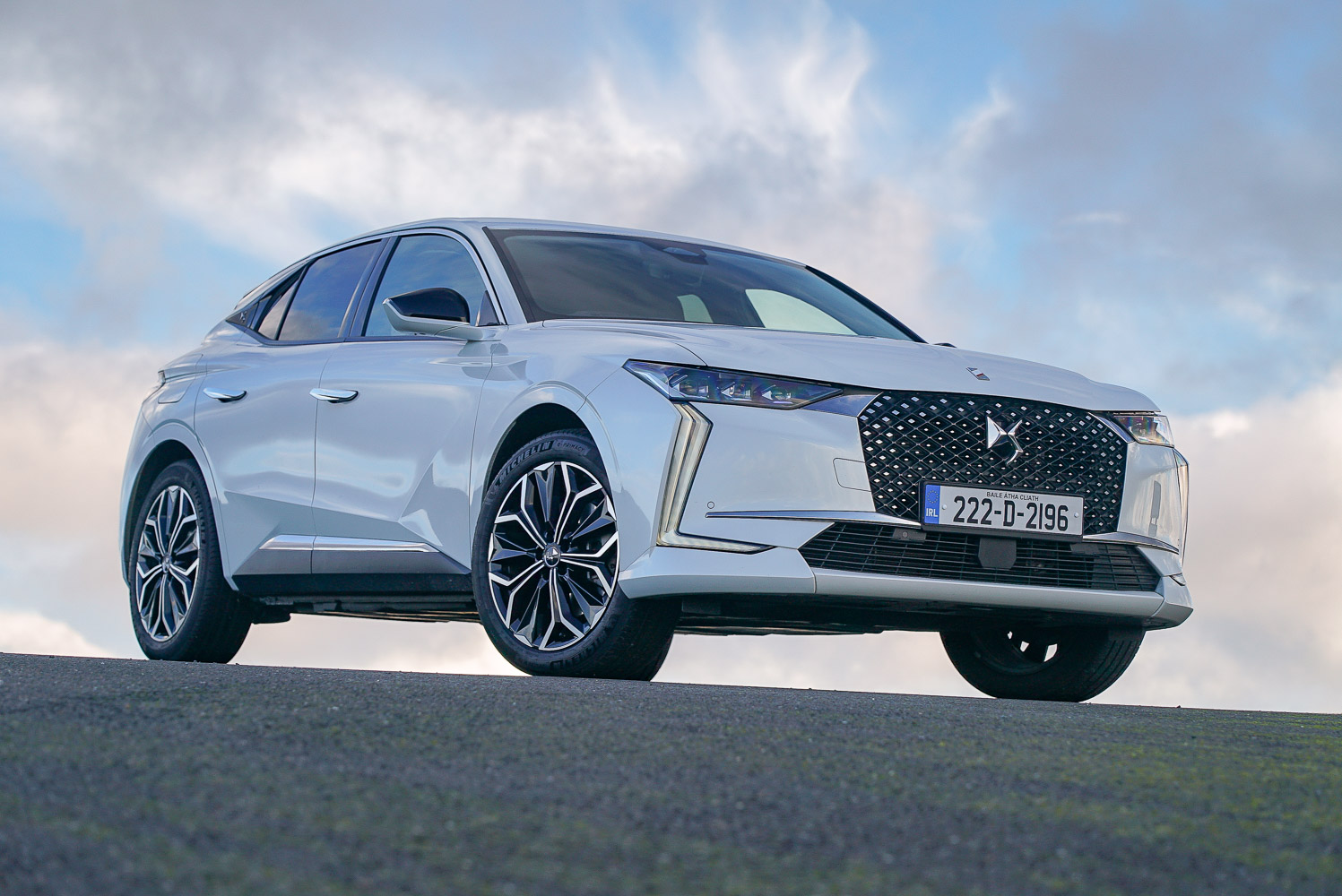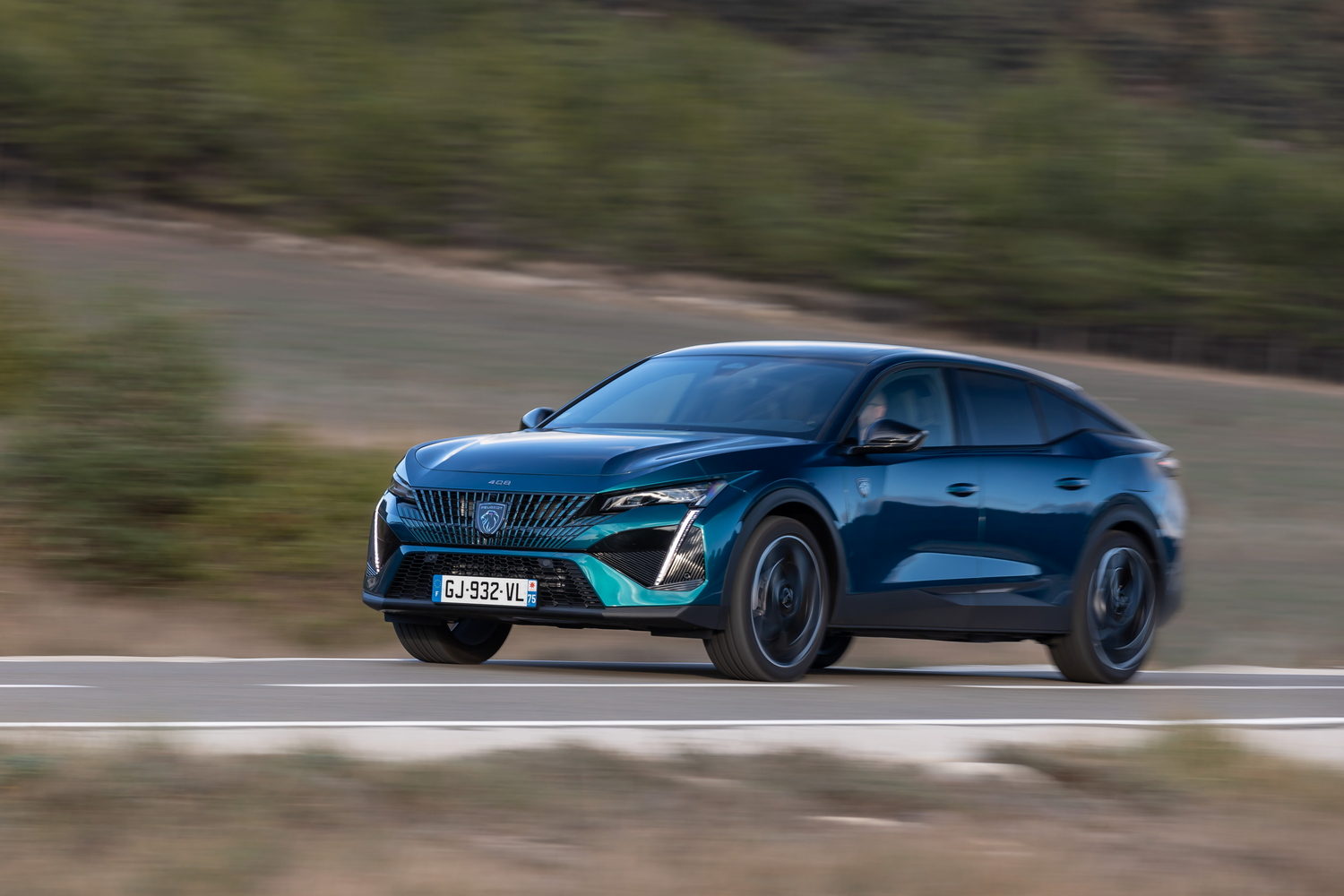Cupra Formentor overview
I must admit that I had my doubts when Cupra was split from SEAT to form its own entity in 2018. After all, wasn't SEAT already supposed to be the Volkswagen Group marque leaning into its Latin/Spanish flair? But I've come around to the idea now that Cupra has revealed more of its future model plans, one that of course will be all electric.
But that time is still not quite here, so let's not dismiss the other Cupra cars as already past their best. Indeed, having revisited the Cupra Formentor, I reckon it's as relevant as ever, especially in the plug-in hybrid format tested here.
By way of reminder, the Formentor is quite unique in that it doesn't really have any equivalent models anywhere else within the Volkswagen Group. It's a stylish and dynamic-looking crossover-SUV, although I've always thought that it could be marketed almost as a shooting brake, as it's not especially tall. There aren't loads of obvious direct rivals to the Formentor, but its €40,000ish to €60,000ish (excluding the high-end VZ cars detailed below) price bracket puts it right into the mix with the best-selling mass-market crossovers and SUVs in Ireland, so buyers in that space might have their heads turned by the Cupra image. And who can blame them?
The Cupra Formentor model range
There are just two trim levels in the Formentor range - standard and VZ - although a wide range of powertrains cover all the bases. It's a remarkably well-equipped car, too. The standard Formentor comes with 18-inch alloy wheels, electric windows all round, roof rails, LED headlights and daytime running lights, heated and power-folding door mirrors, a leather-trimmed steering wheel, ambient lighting, three-zone climate control, keyless entry and start, 10.25-inch digital instrumentation, a 12-inch touchscreen infotainment system with navigation and lots more included, wireless Apple CarPlay and Android Auto, a wireless phone charger, rear parking sensors and camera, heated front seats, auto lights and wipers, adaptive cruise control and a long list of active safety and driver assistance systems.
All that makes the entry-level model at €41,630 seem auspiciously good value by today's standards. That honour goes to the 150hp 1.5 TSI petrol Formentor with a manual gearbox. There's also a 150hp 2.0 TDI diesel engine option starting from €43,335, again with a manual gearbox. Both those engines can be paired with the 'DSG' twin-clutch automatic transmission as well, with the TDI diesel version also adding 4Drive four-wheel drive.
The DSG gearbox is part and parcel of the e-Hybrid package, which is Cupra's name for its plug-in hybrid powertrain. The regular Formentor e-Hybrid (as tested here) has a turbocharged 1.4-litre petrol engine and a modest 110hp electric motor for up to 204hp in total and an official all-electric range of 59km. It costs €49,300.
At the top of the lineup are the VZ cars, available exclusively with either a 245hp iteration of the e-Hybrid plug-in hybrid system (at €58,795) or a powerful turbocharged 2.0-litre TSI petrol engine making up to 310hp and connected to Cupra's 4Drive all-wheel-drive system. The latter is considerably more expensive than all other Formentors on the Irish market, costing €75,825.
The VZ cars get a little more equipment - lovely bucket seats and a few extra safety features mostly - and an even sportier look thanks to 19-inch wheels as standard.
The Cupra Formentor interior
Inside, the Formentor is very obviously a Cupra thanks to its copper-coloured accents and sporty steering wheel. That comes with extra satellite buttons (similar to the extra controls you get on some AMG Mercedes or Porsches) on some versions that amp up the image, though the standard flat-bottomed wheel is good to hold and we prefer its simple push buttons to the haptic-feedback alternative used on some Volkswagen Group cars.
The copper detailing extends to contrast stitching on the distinctively-trimmed dashboard, lifting the cabin way above the ordinary, while digital instrumentation ensures that the car feels bang up to date. That's complemented by a prominent 12-inch central touchscreen which is fine once you learn your way around it, though we'd prefer to have separate switchgear for the climate control.
At least that makes for a clean-looking centre console design. At the front is a pair of USB-C ports and a storage recess that can hold big smartphones. Behind that is the drive selector, a simple nub design with a circular engine-start button and another for the 'park' function, with small storage cubbies either side. There's an electronic parking brake, too, and an auto-hold feature.
Two cupholders sit ahead of the comfortable armrest, which itself hinges at the back to reveal more storage. At the rear of the console are air vents and buttons to control the temperature in the back seats, along with another pair of USB-C ports.
If you looked at the compact, pert design of the Formentor and assumed it was no more spacious than an average C-segment hatchback, you'll be surprised by the amount of space available to rear-seat passengers. Sure, the tall transmission tunnel in the middle means the centre occupant has less room for their feet, but there's space to stretch out in the outer two positions with plenty of head- and legroom.
Admittedly, that comes at a price, as the packaging of the Formentor prioritises rear-seat space over boot volume and the latter is adequate rather than outstanding at 345 litres. The non-hybrid versions accommodate a little more at 420 litres, and all models get split-folding rear seats to allow for loading longer items.
One last aspect of the cabin that's worth spending time on is the seat design. This does vary by model, but all are quite special. As standard there are black fabric seats, while the VZ models feature more figure-hugging bucket items, and both trim levels can be upgraded with soft leather-trimmed seats for €1,158, with a choice of conventional black hide or a distinctive petrol blue hue that contrasts nicely with the copper accents. This option adds electric adjustment to the driver's seat, too.
The Cupra Formentor e-Hybrid driving experience
In spite of the sporting image, the Formentor's chassis has been set up for everyday use, so prospective buyers shouldn't worry about paying for the looks with discomfort. Sure, it's on the slightly firm side of comfortable, but only marginally. If you can resist opting for the largest alloy wheels, then it's perfectly acceptable in all scenarios.
It's not an engaging or involving car to drive, as such, but it is enjoyable enough with well-judged steering and brakes, while there's pleasing agility when the road turns twisty. Conversely, it's stable and civilised on the motorway at cruising speeds.
Obviously, though the petrol engine isn't particularly loud, the car is at its most refined when using only its electric motor. An official electric range of 59 kilometres is only really possible at urban speeds, though the motor augments the engine's output resulting in healthy performance when you want it, as they produce up to 204hp and a noticeably solid 350Nm of torque between them.
As ever with a plug-in hybrid model, how close you get to the official fuel consumption figures will depend on how often you can charge the battery up. The Formentor's eHybrid system isn't the most cutting edge PHEV powertrain available - there's no DC charging on board, and the fastest you'll be able to replenish the Formentor's pack is just over three and a half hours.
Our verdict on the Cupra Formentor e-Hybrid
I suspect that many buyers considering a crossover or SUV-like vehicle aren't aware that the Cupra Formentor exists. It would appear to be a left-field option at first, trading on its good looks and sporty image, but it mixes that with a practical package. The spacious rear seating would suit lanky teenagers or bulky rear-facing child seats and yet the compact footprint and relatively low roof make it feel more car-like than most other vehicles in the sector. The entry-level plug-in hybrid tested here is probably the pick of the line-up, too, combining decent performance with palatable running costs. Make sure you check it out if you're in the market for such a car.

